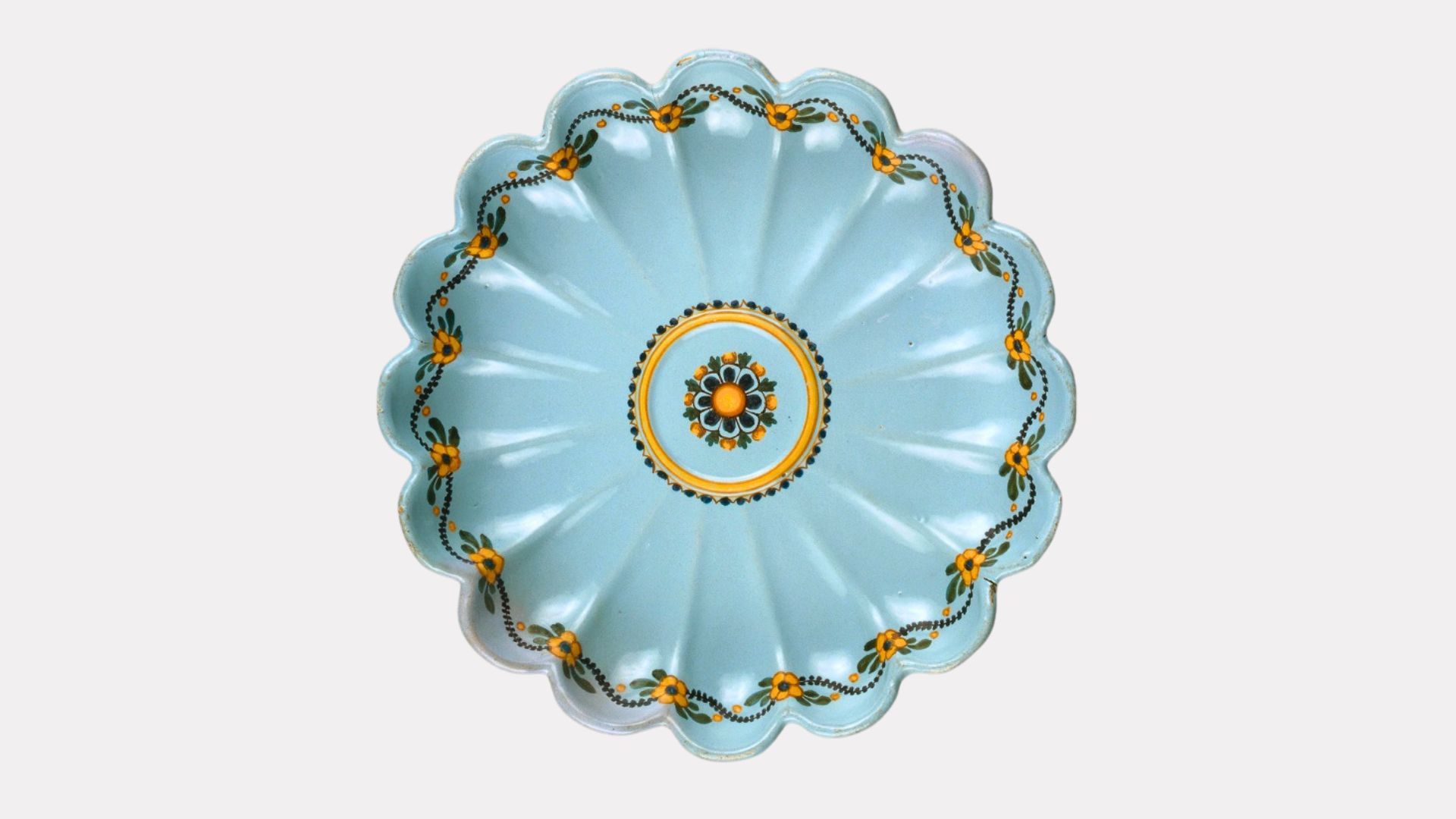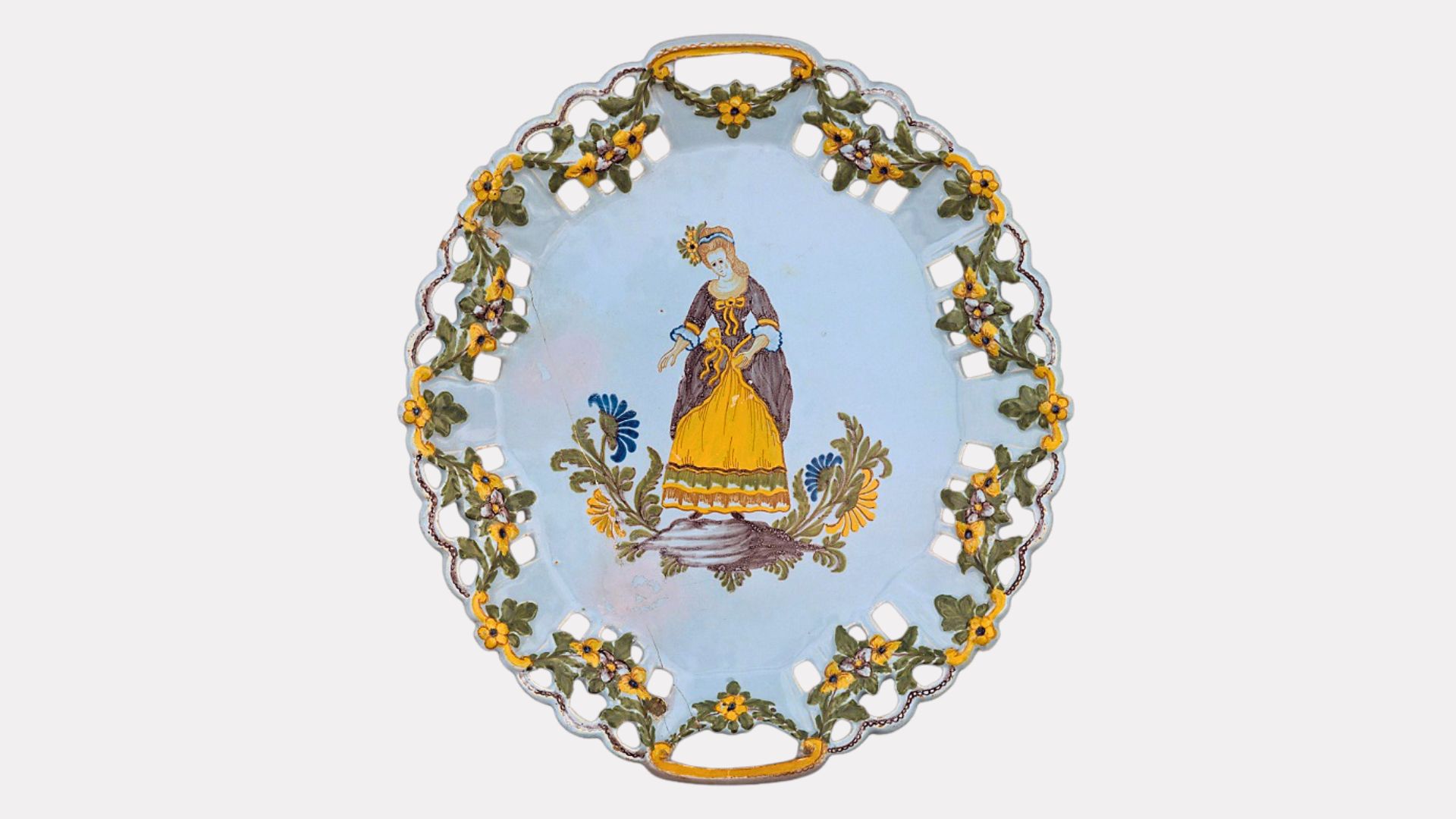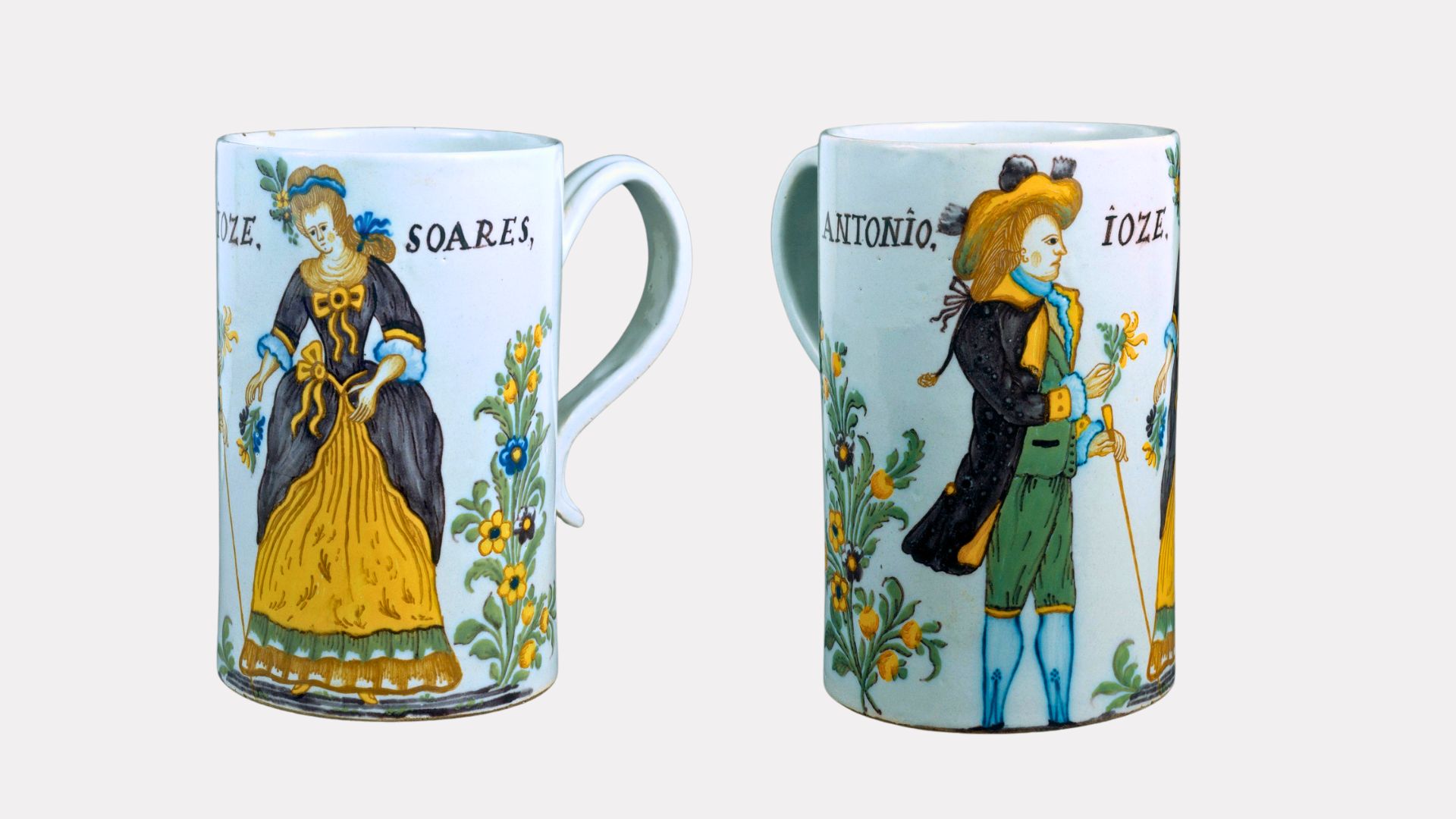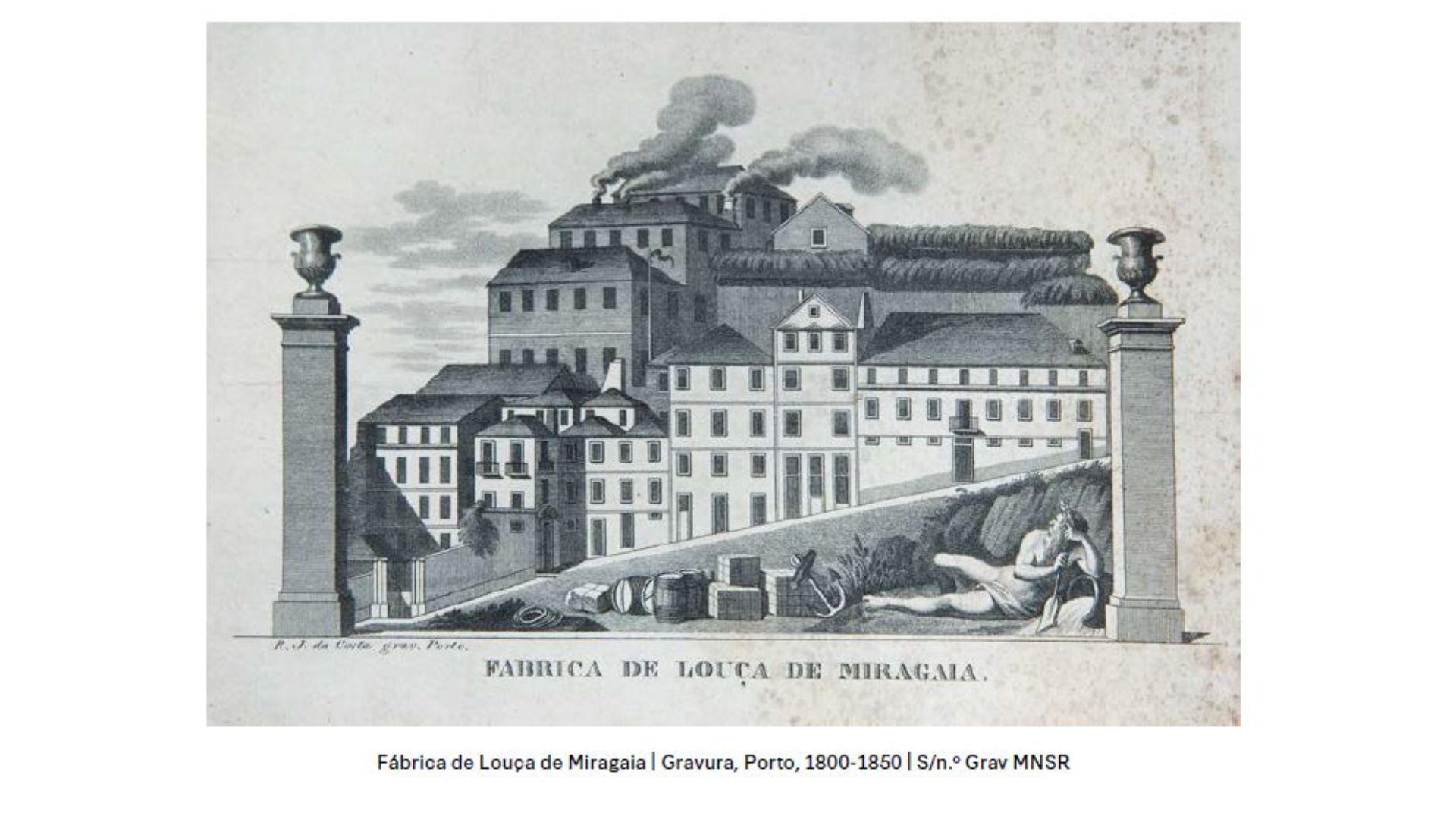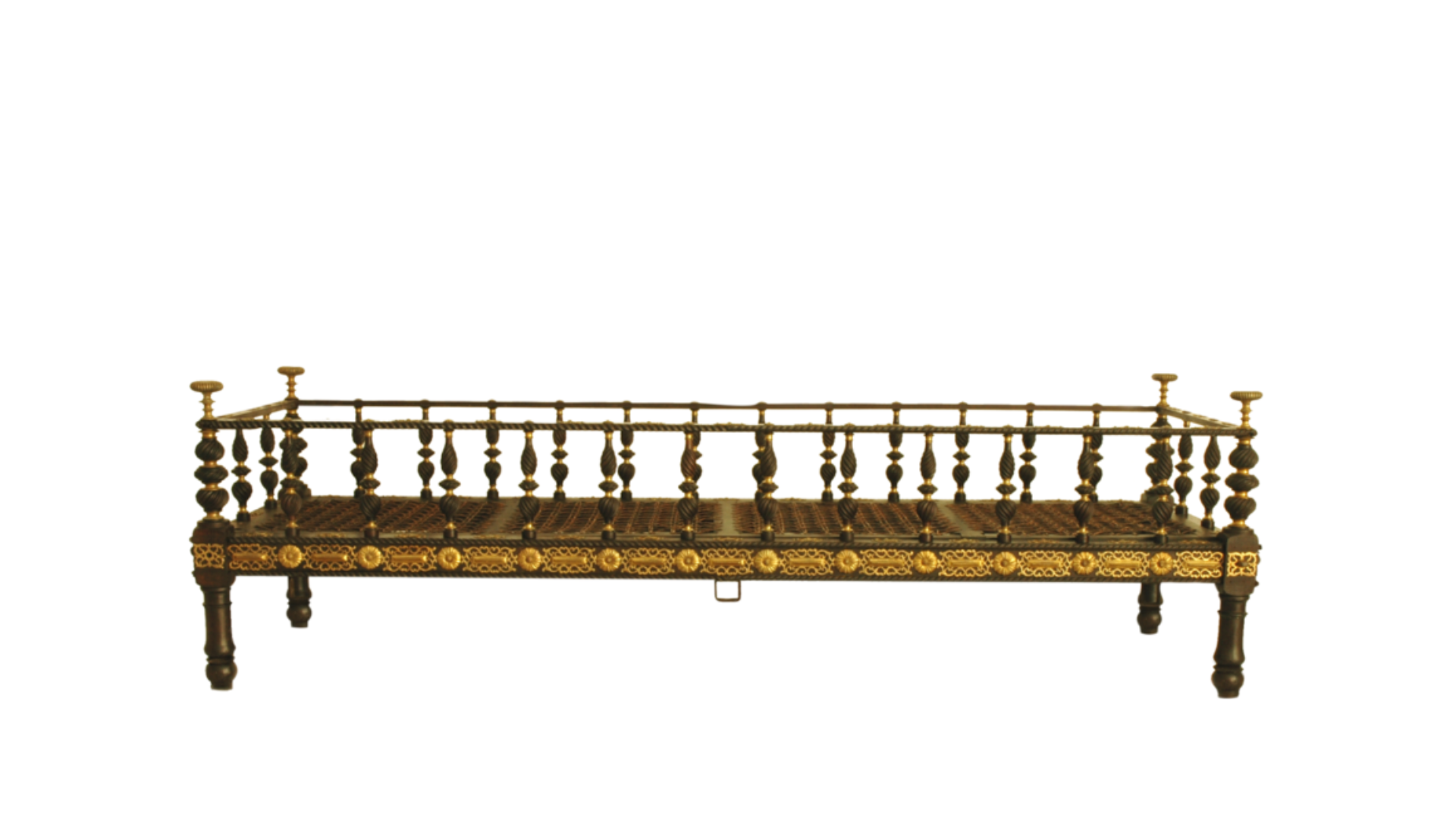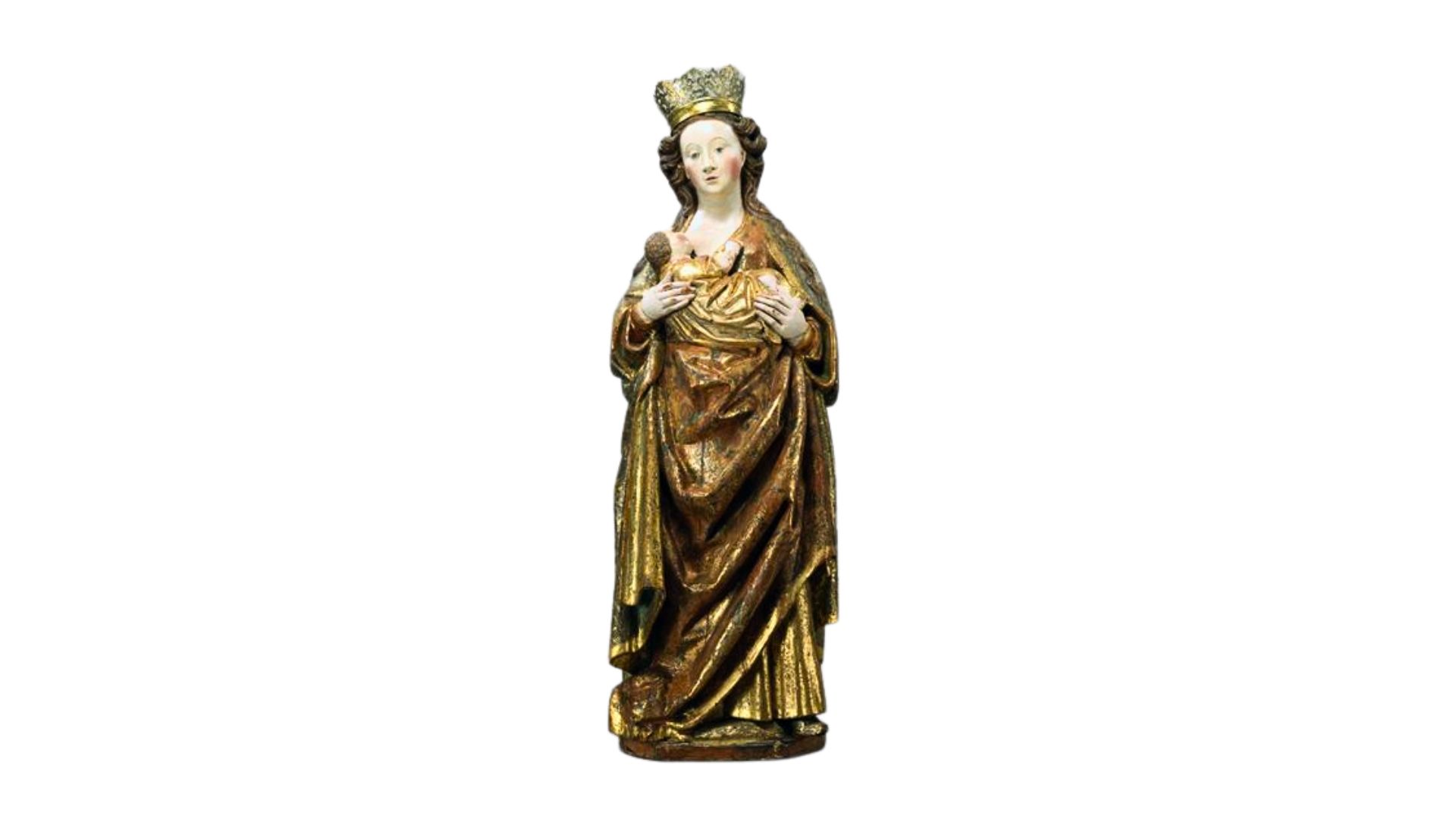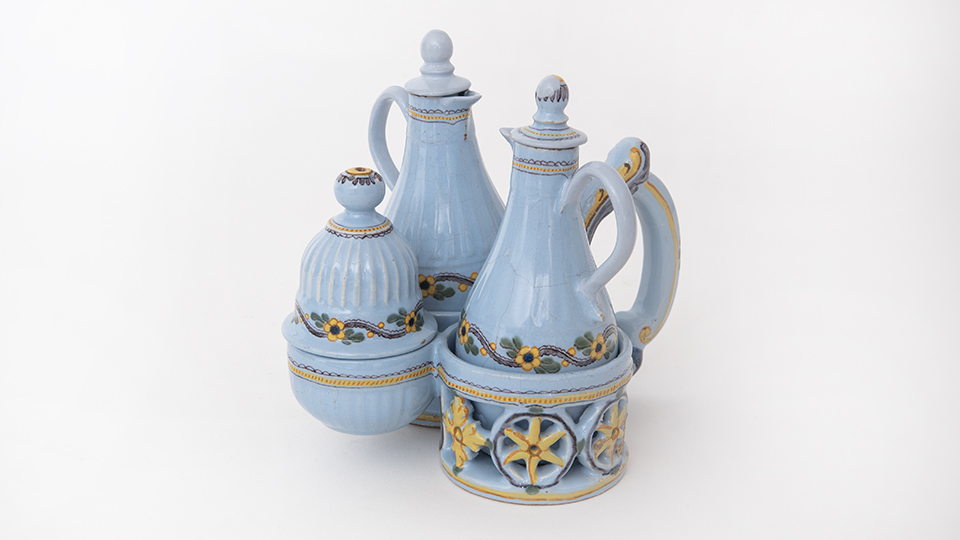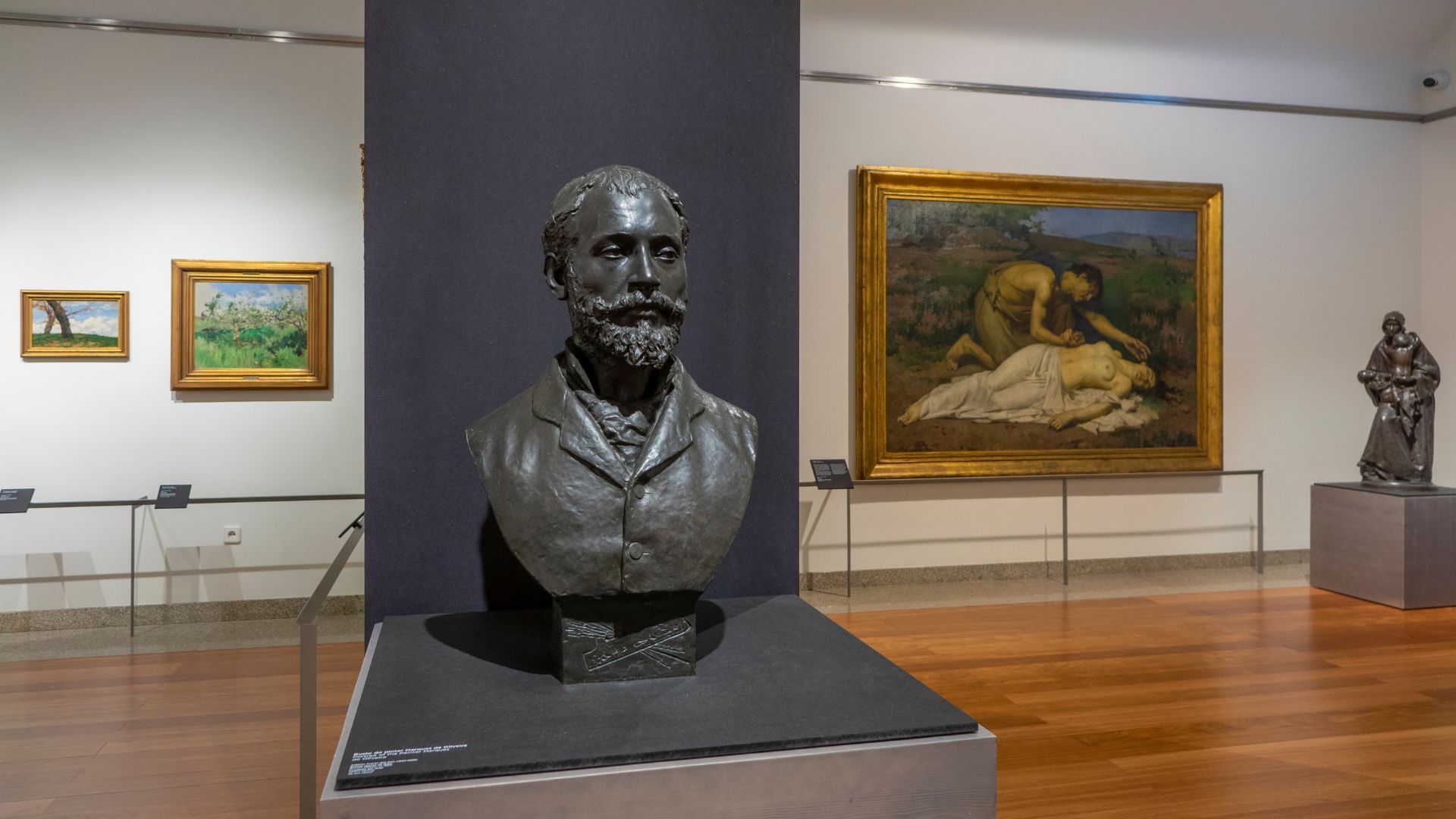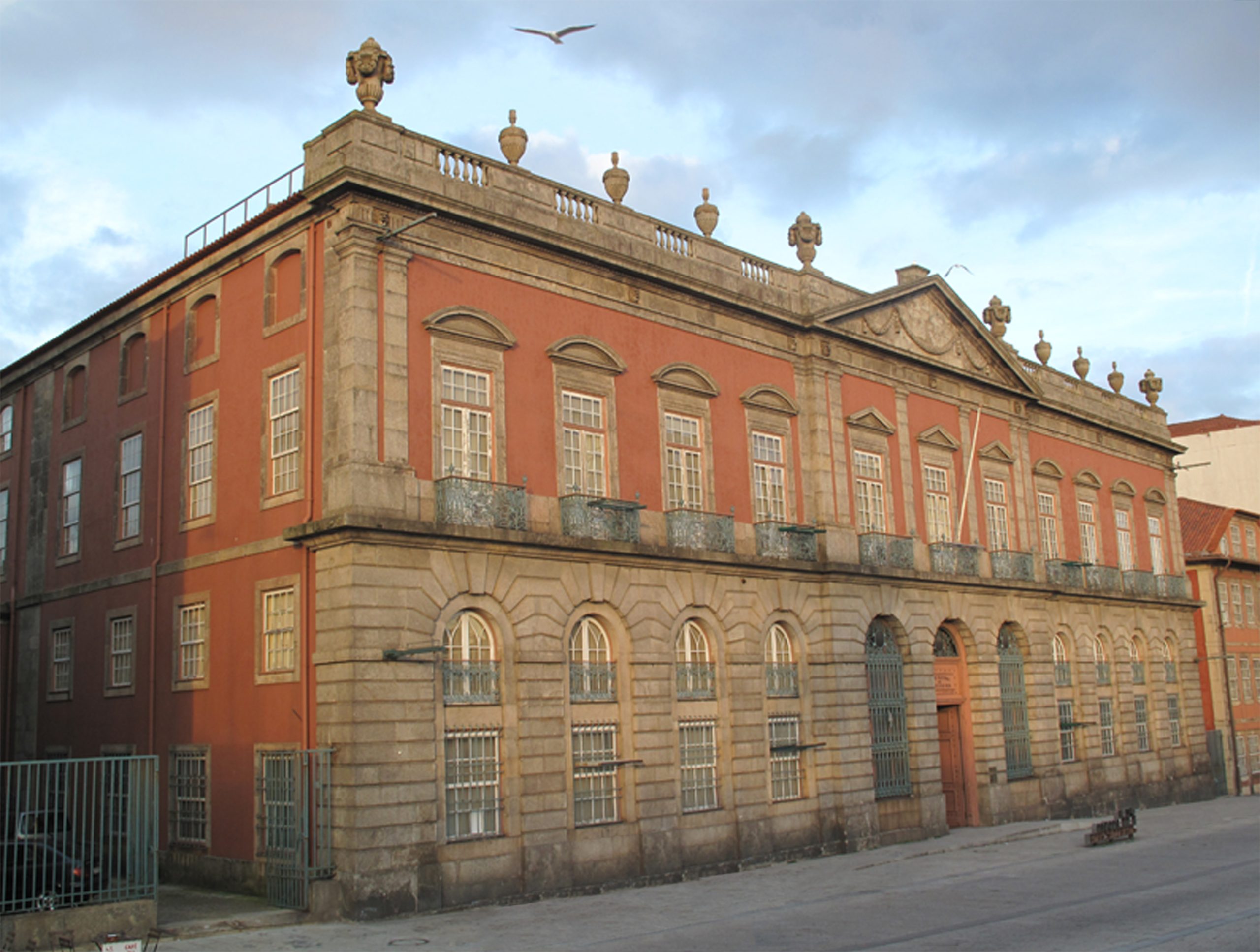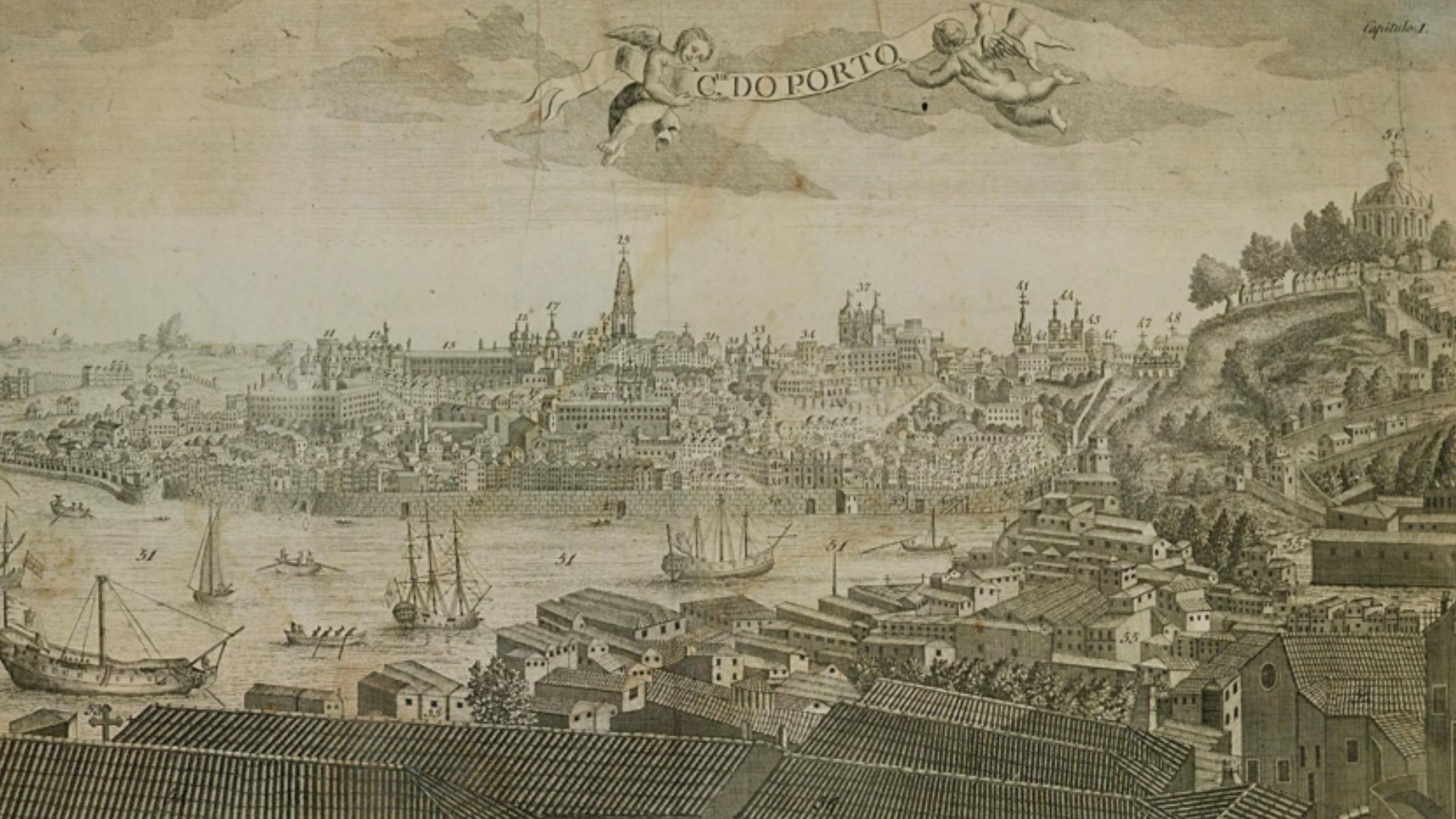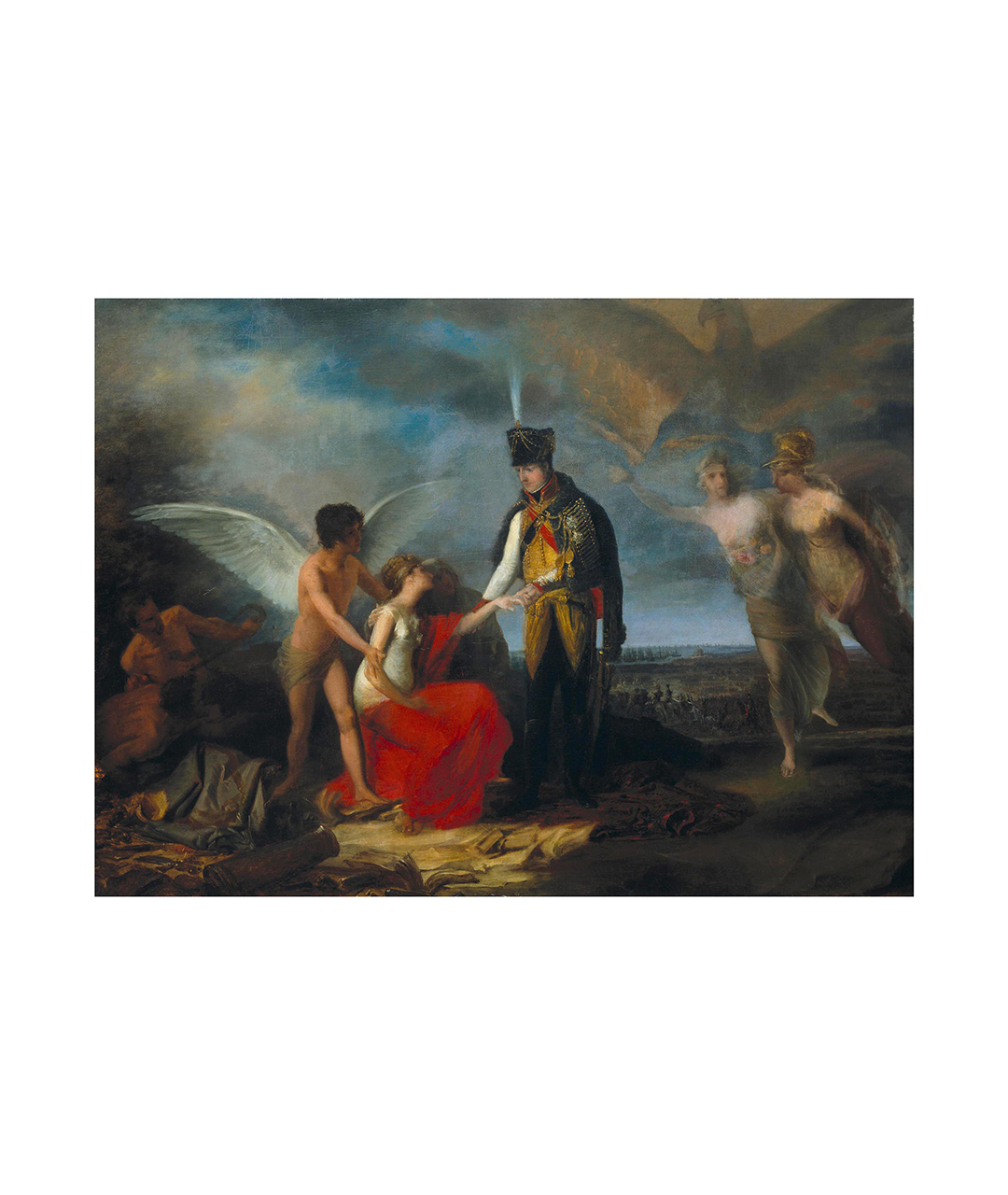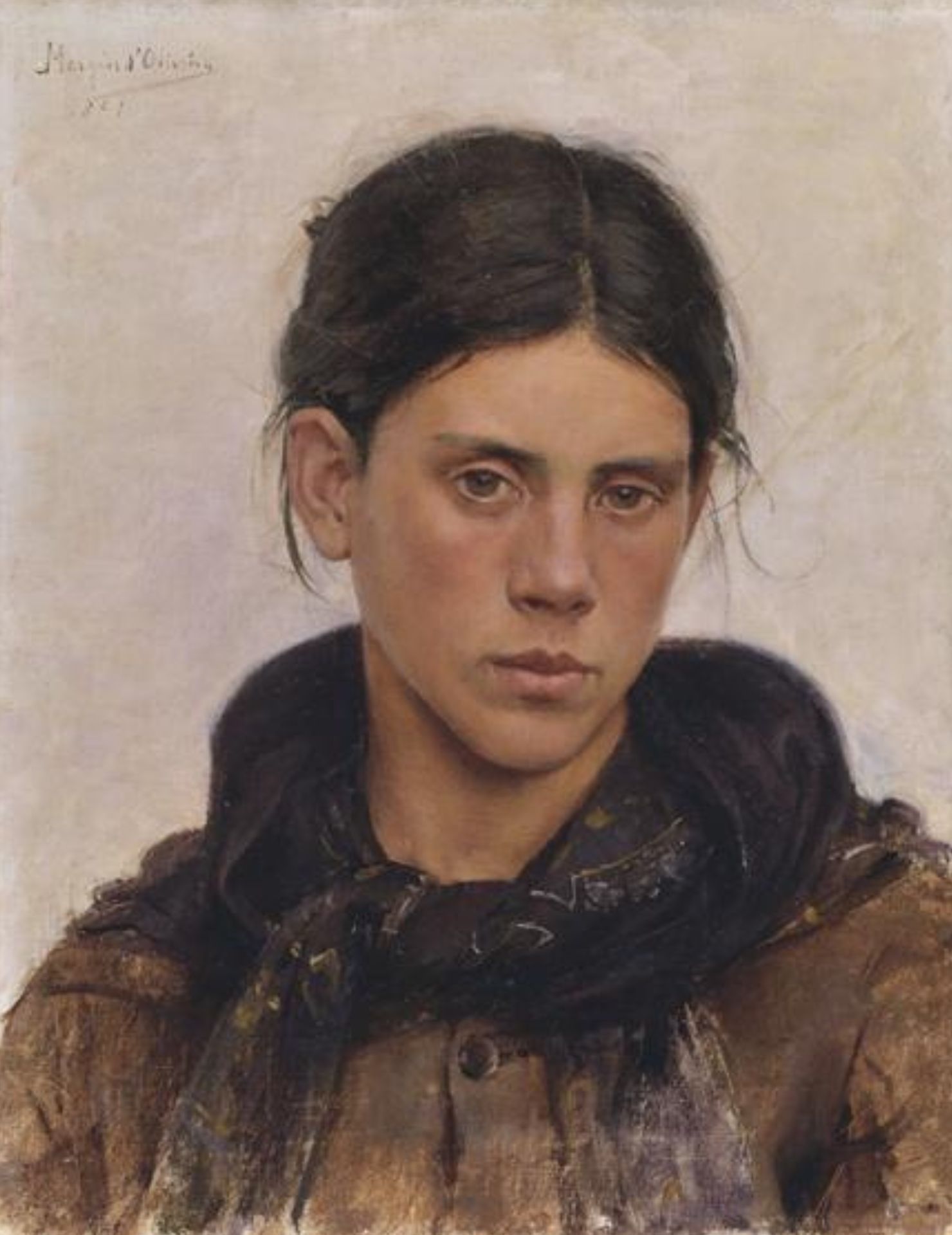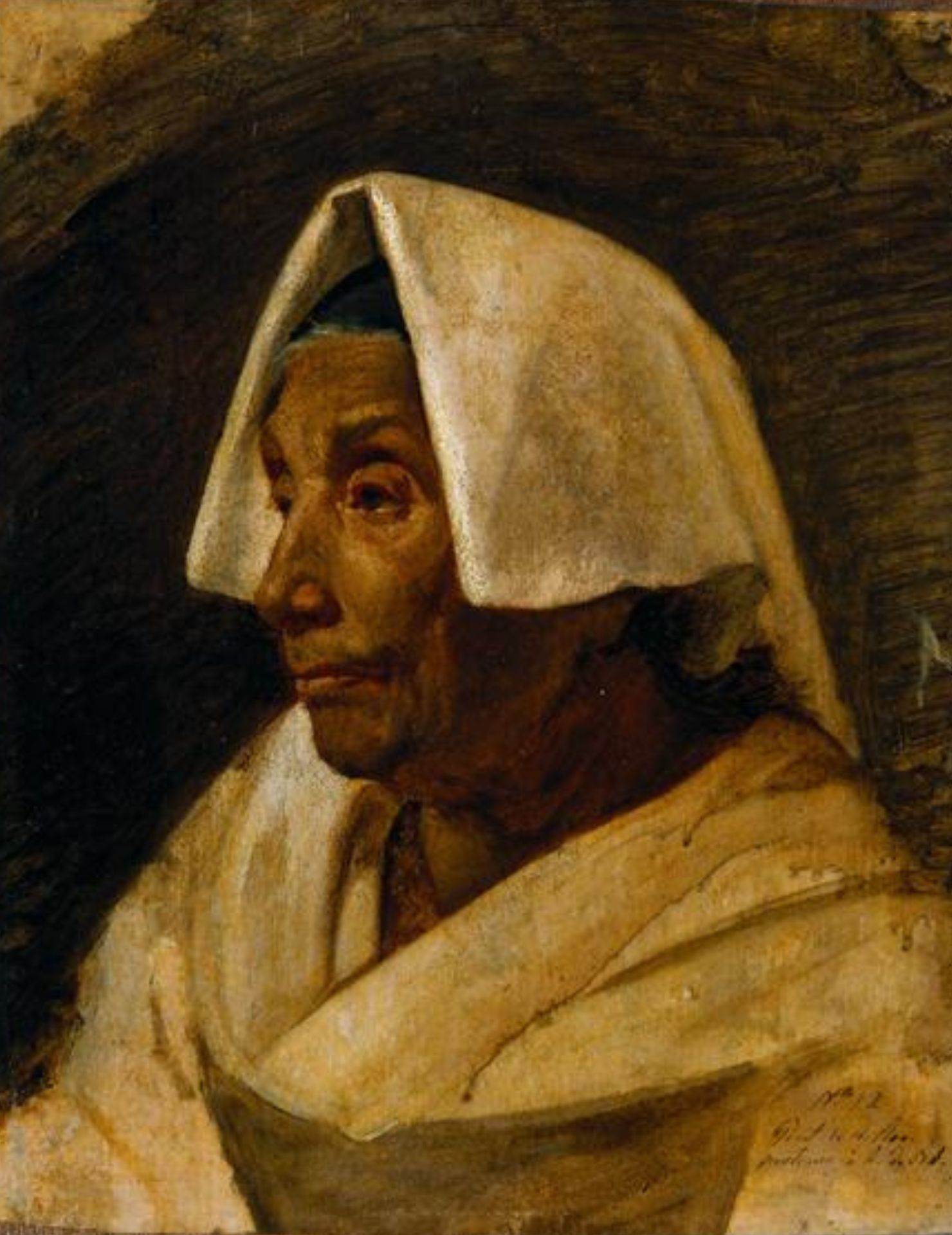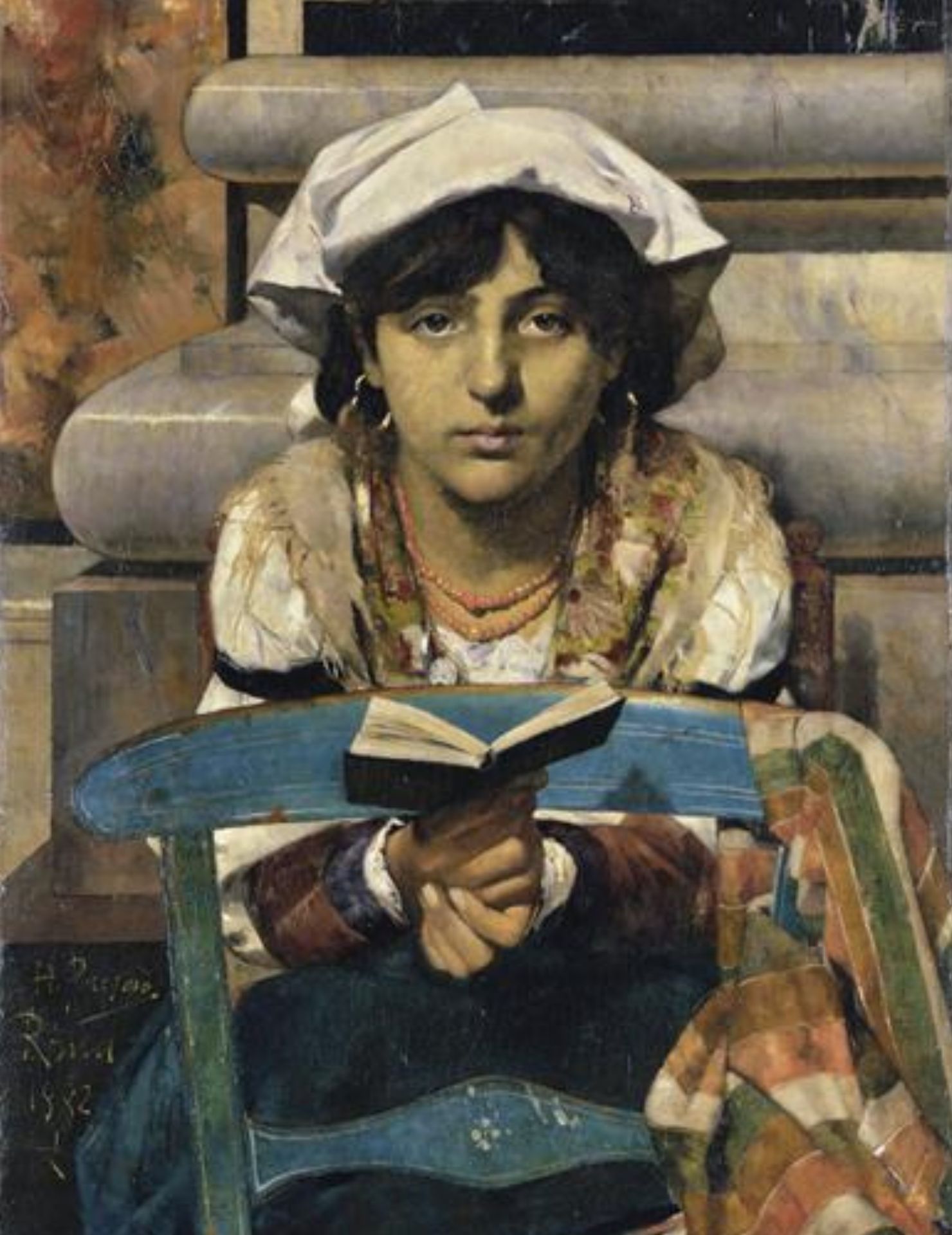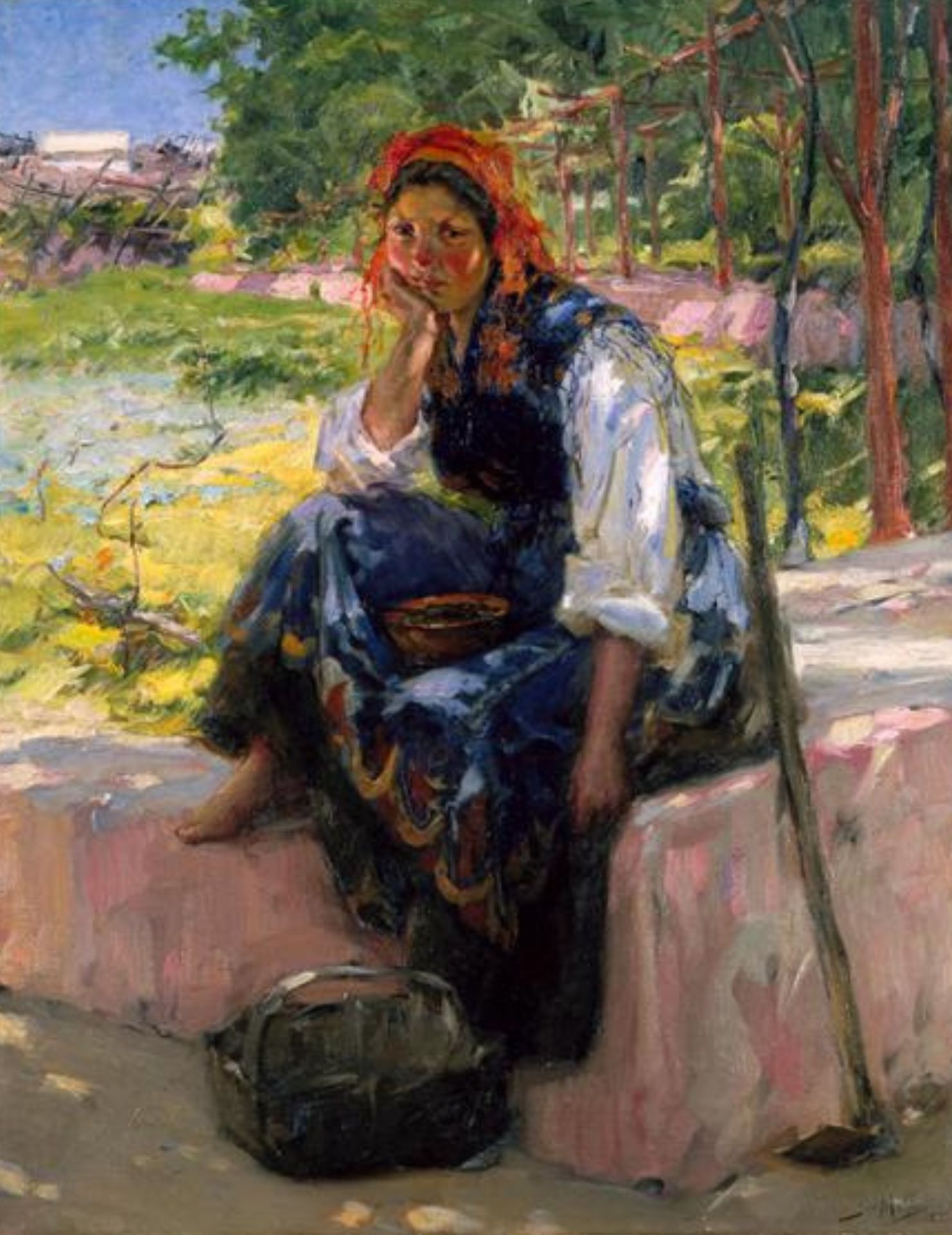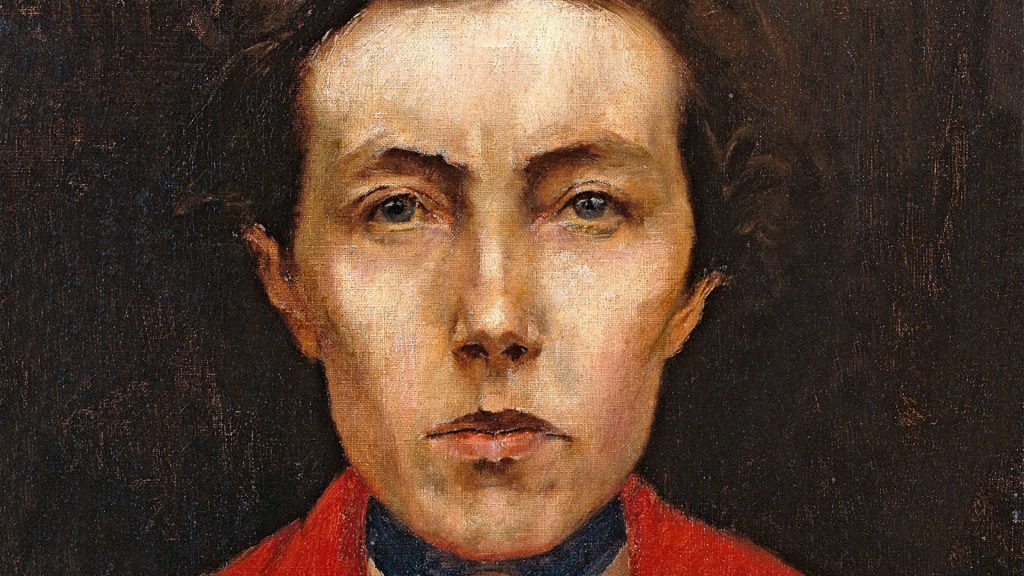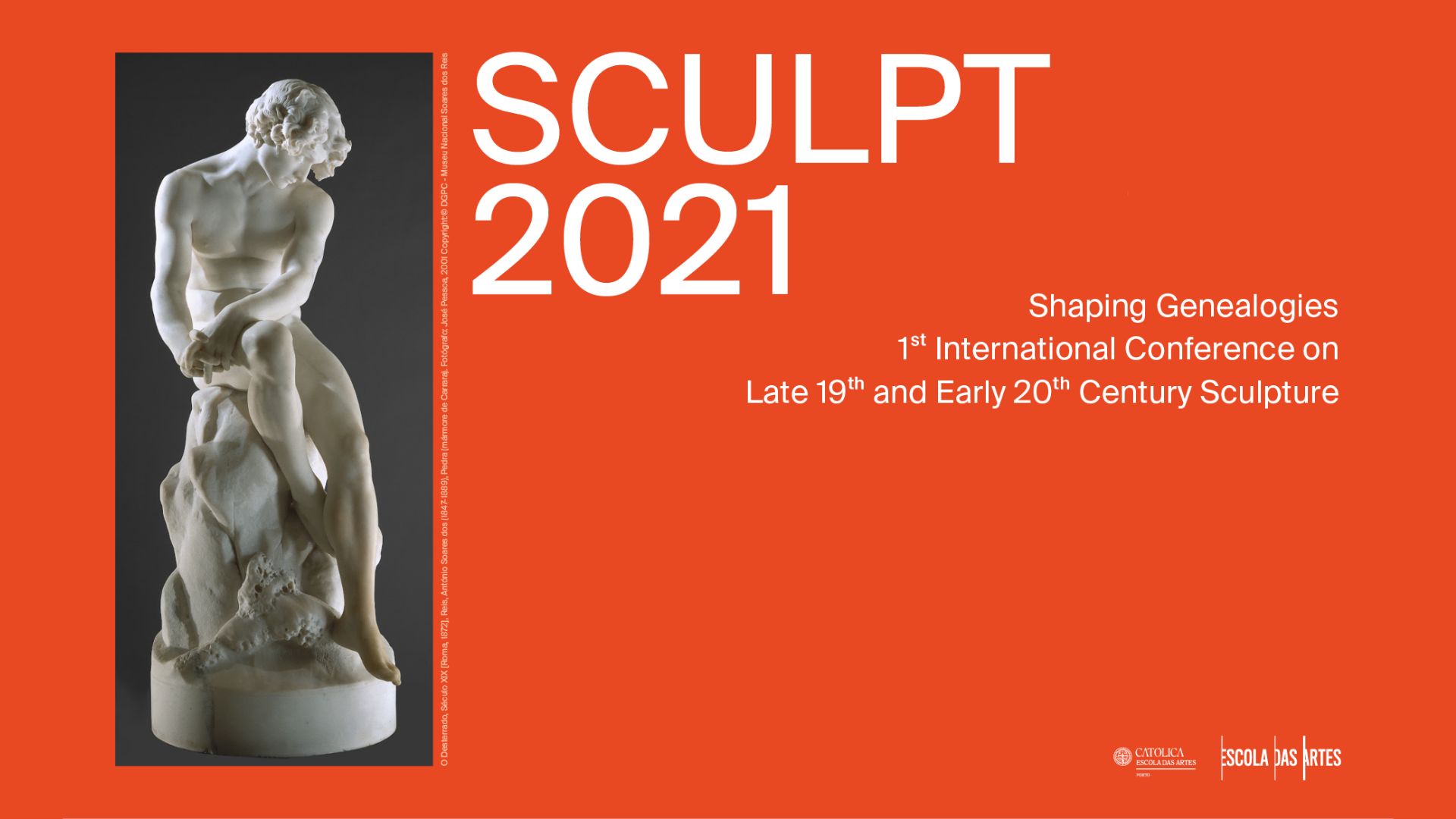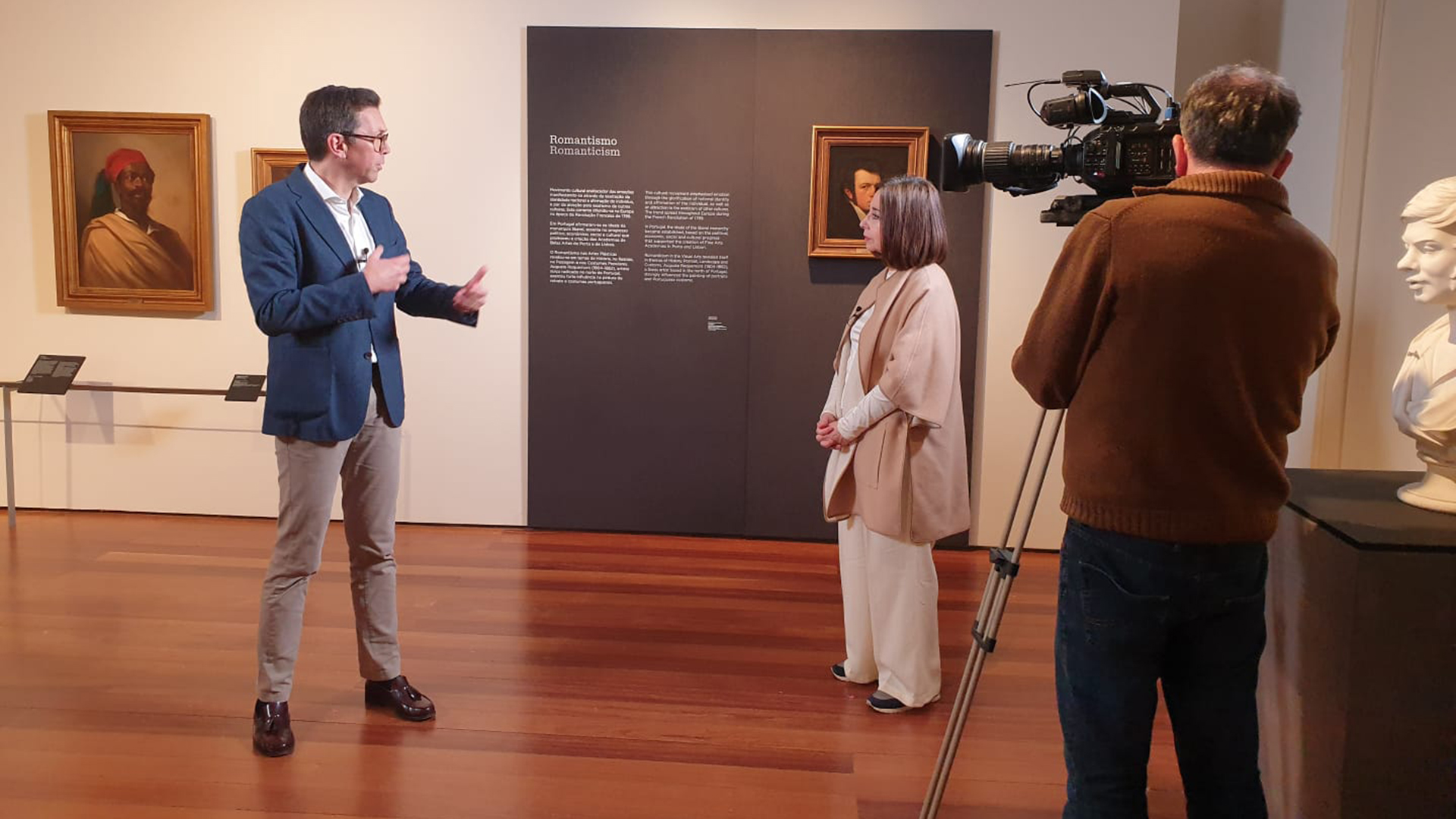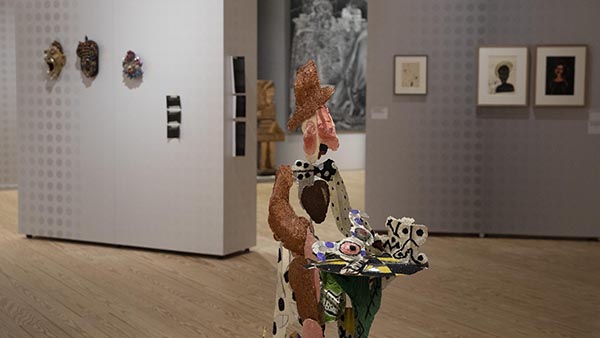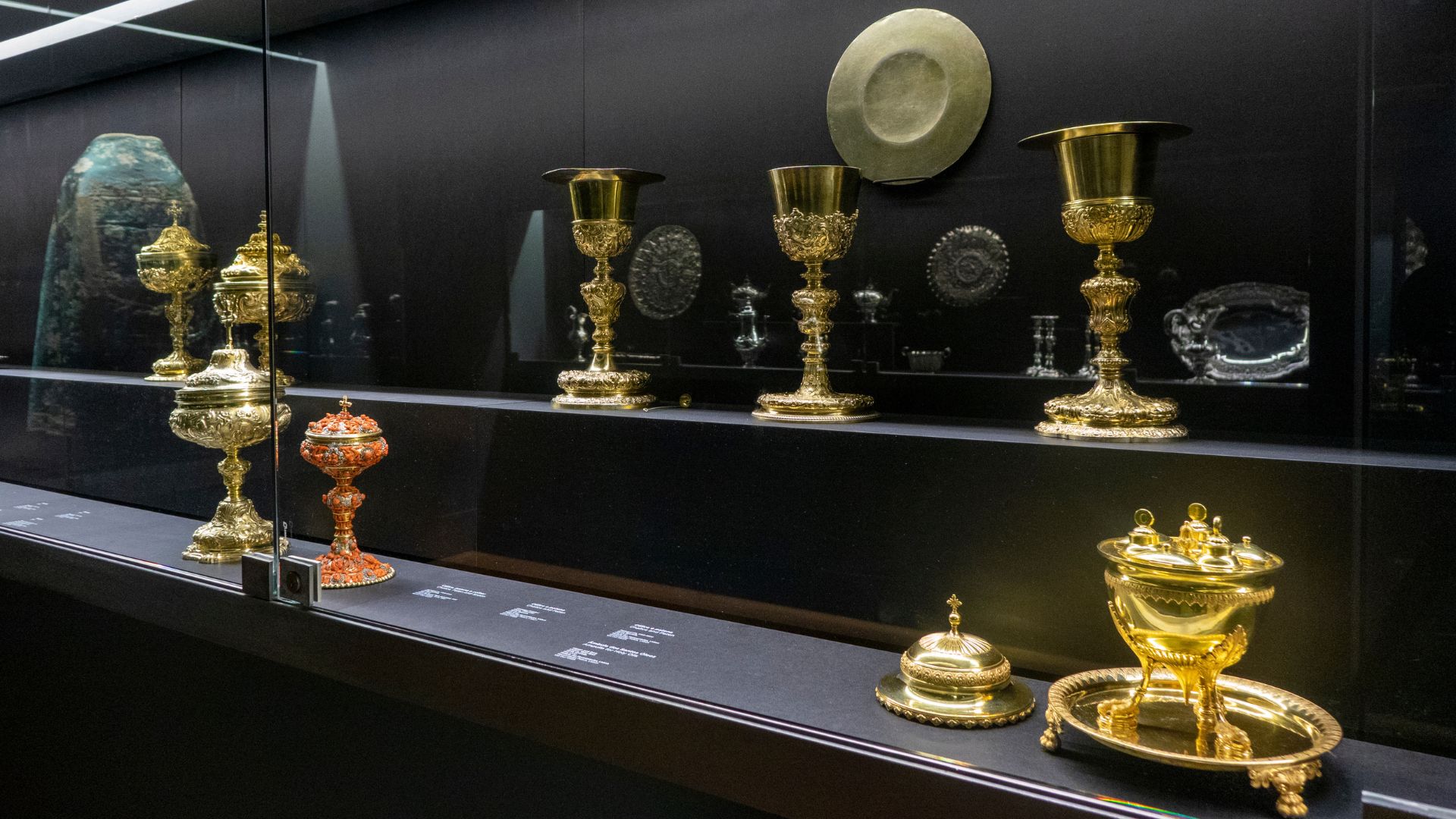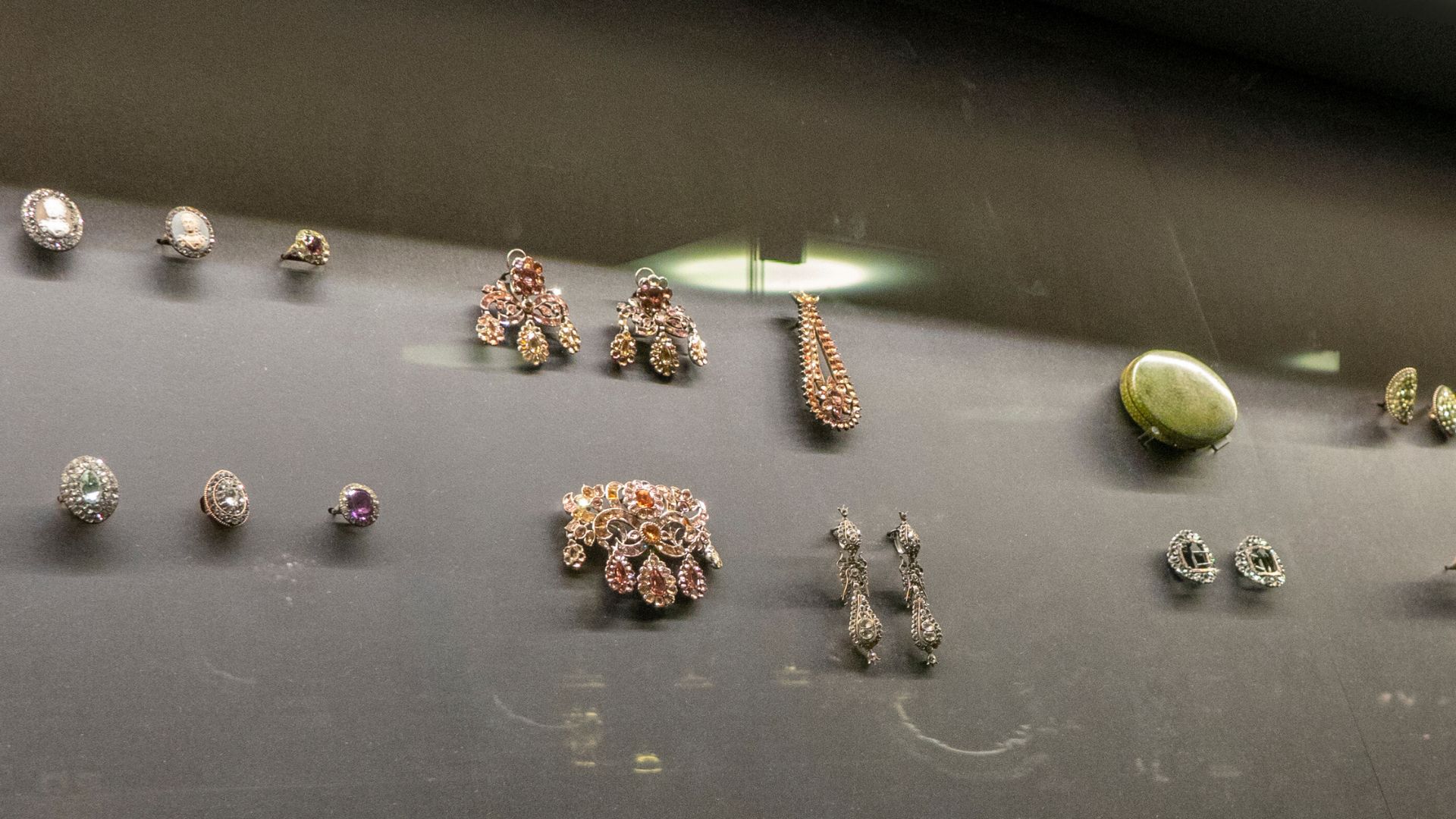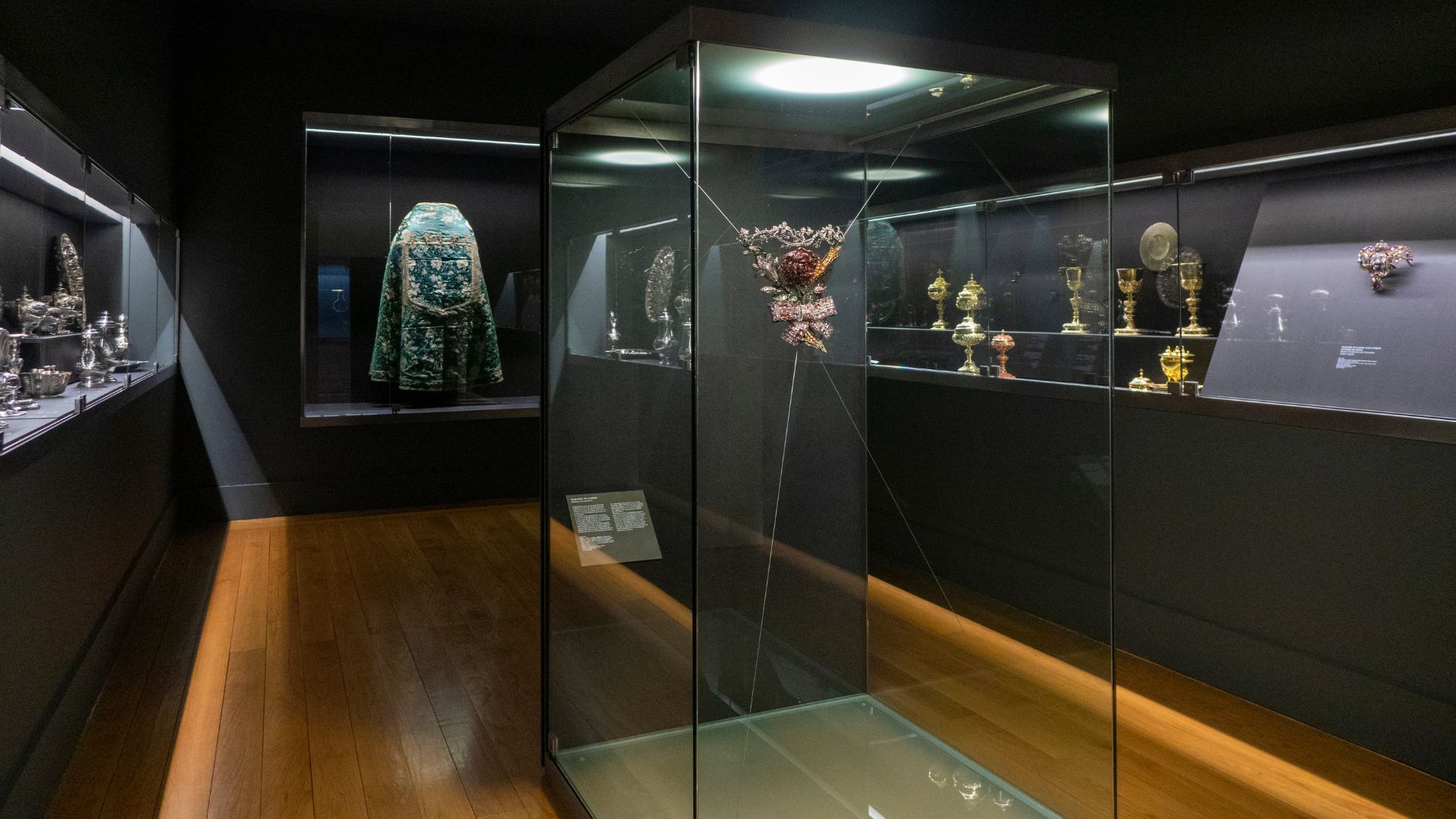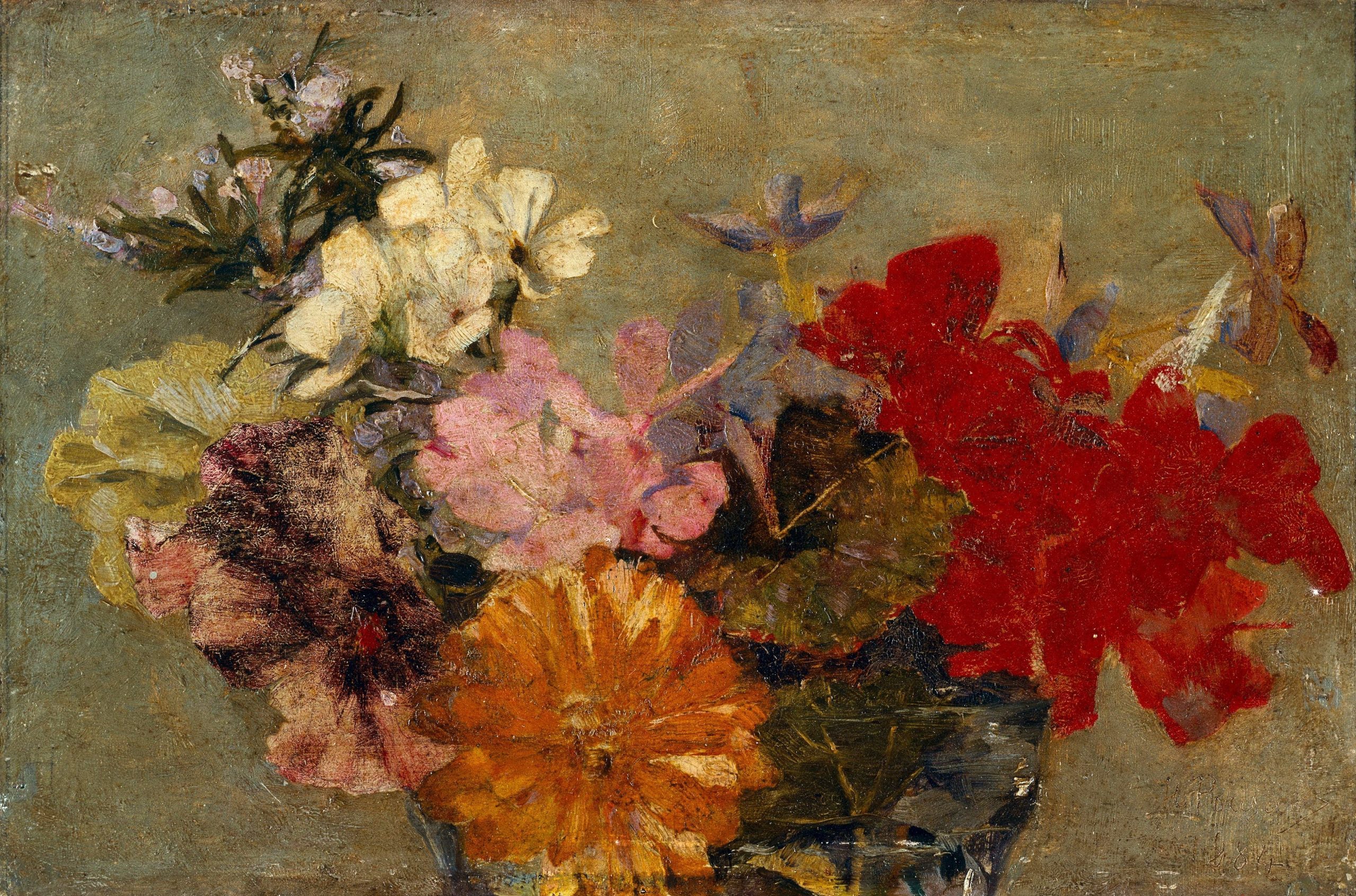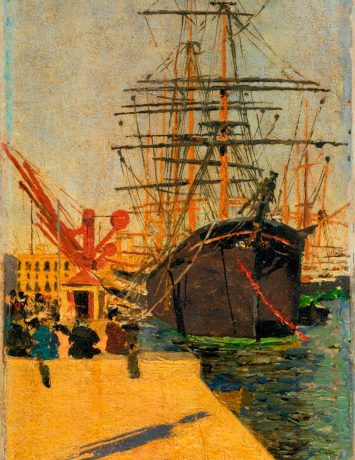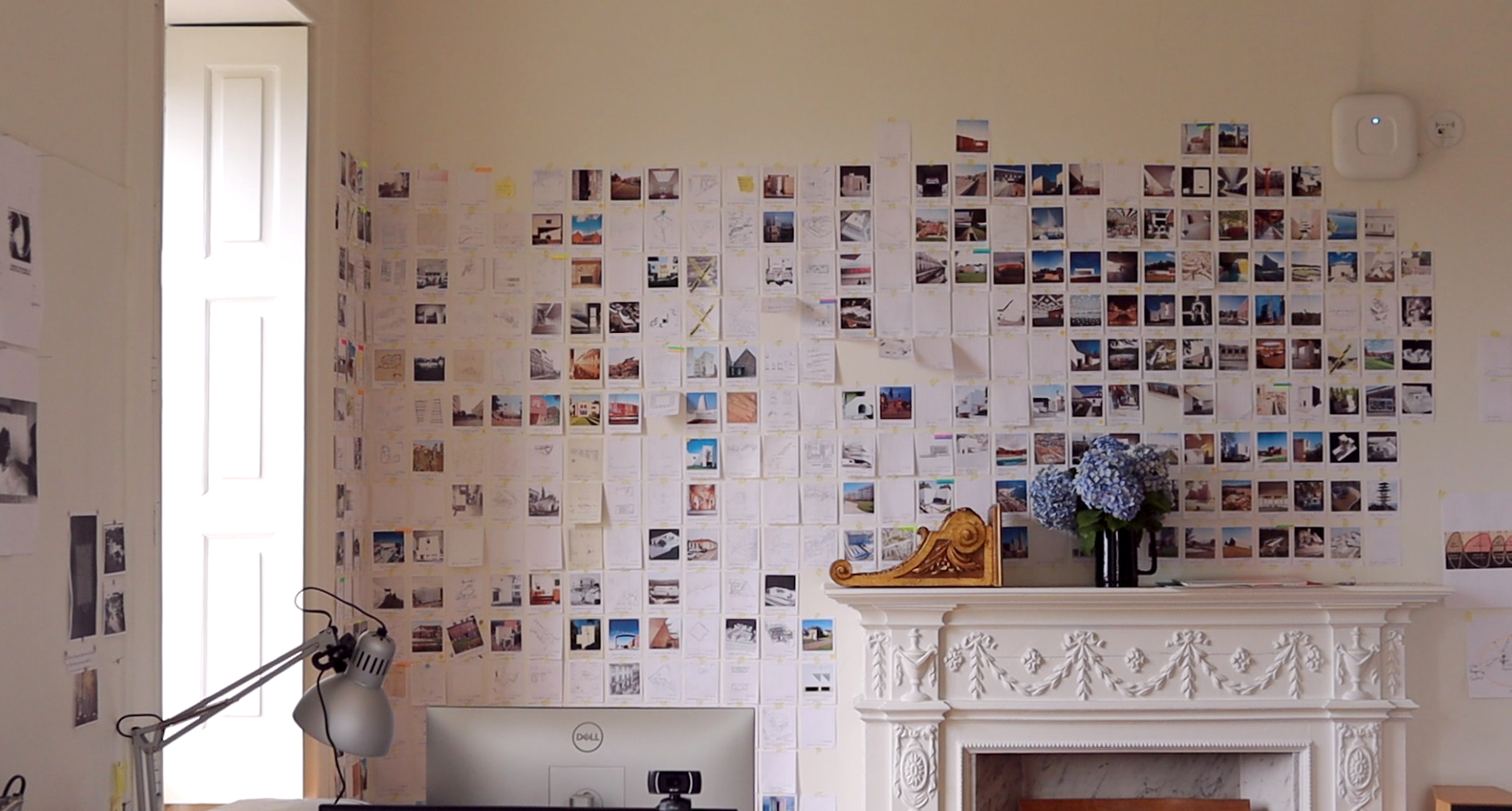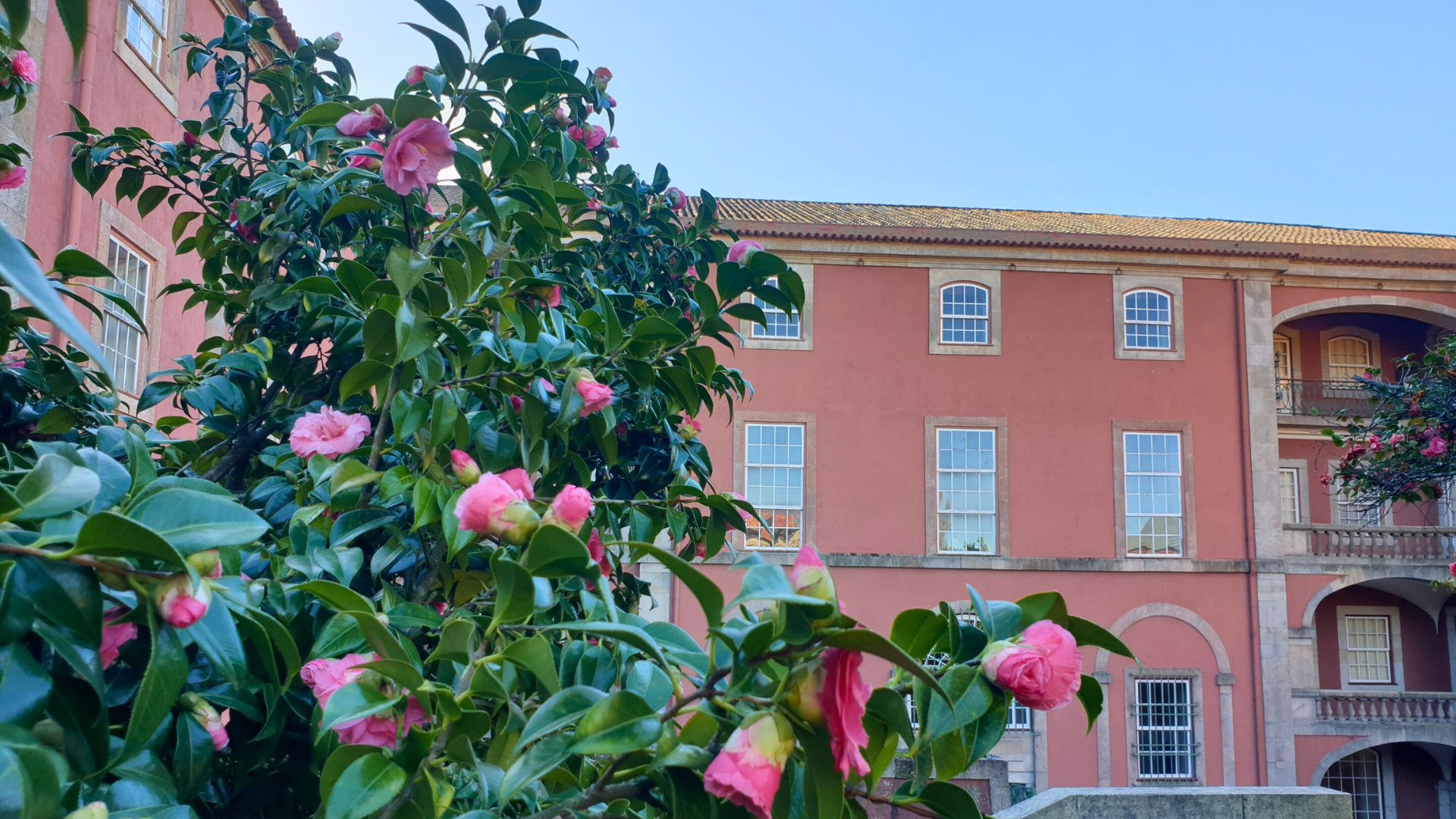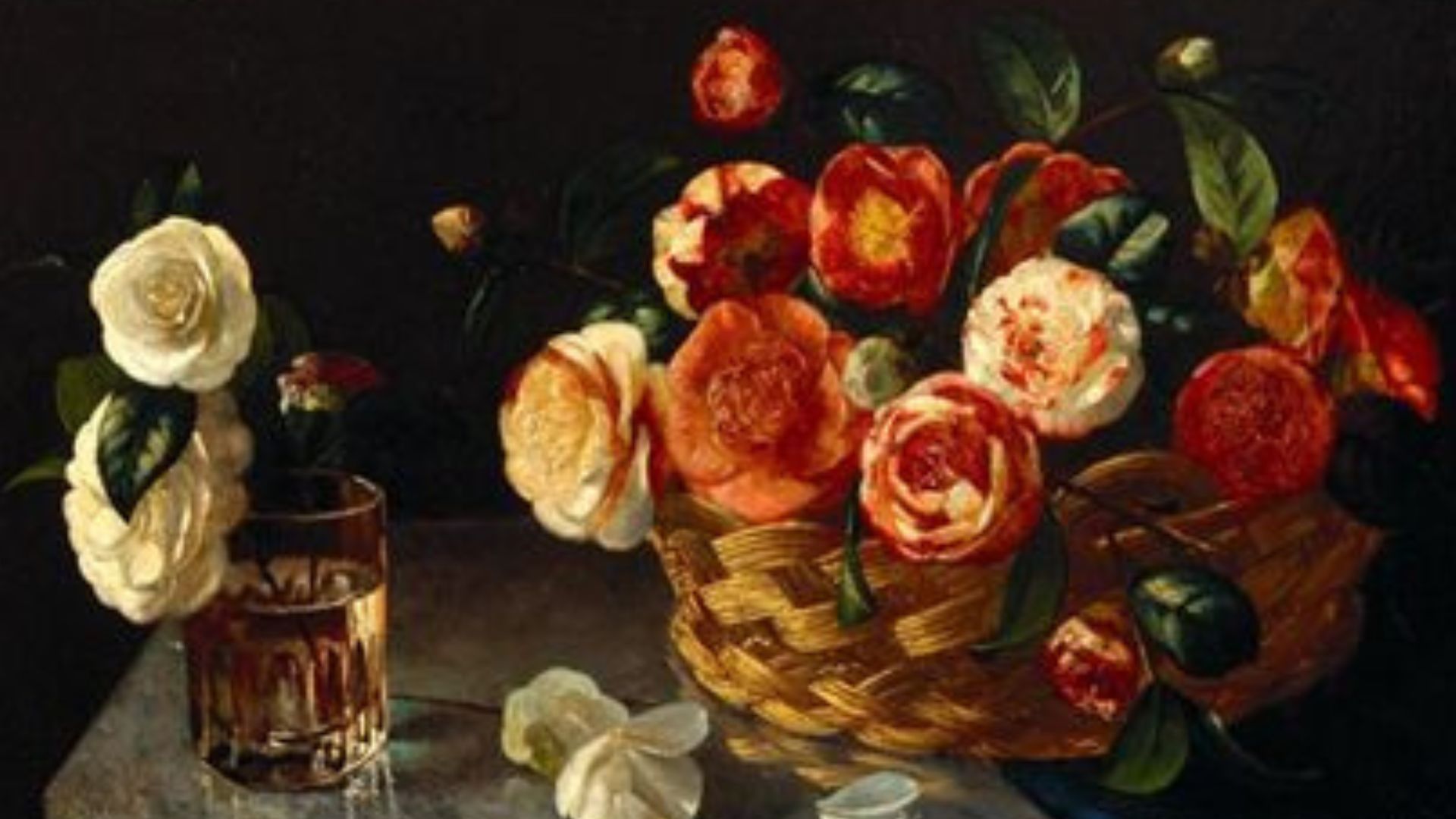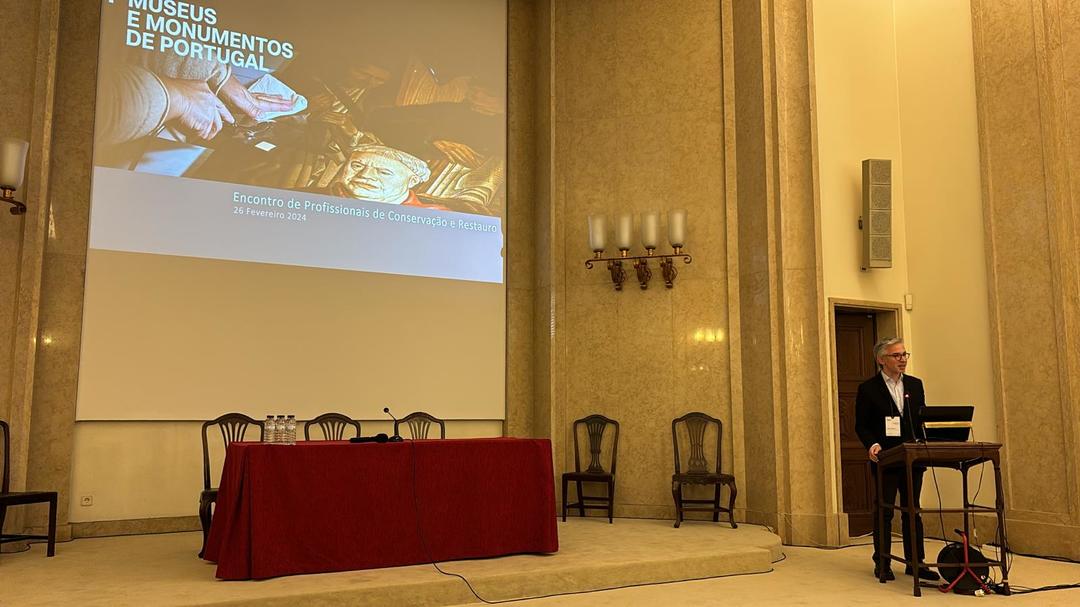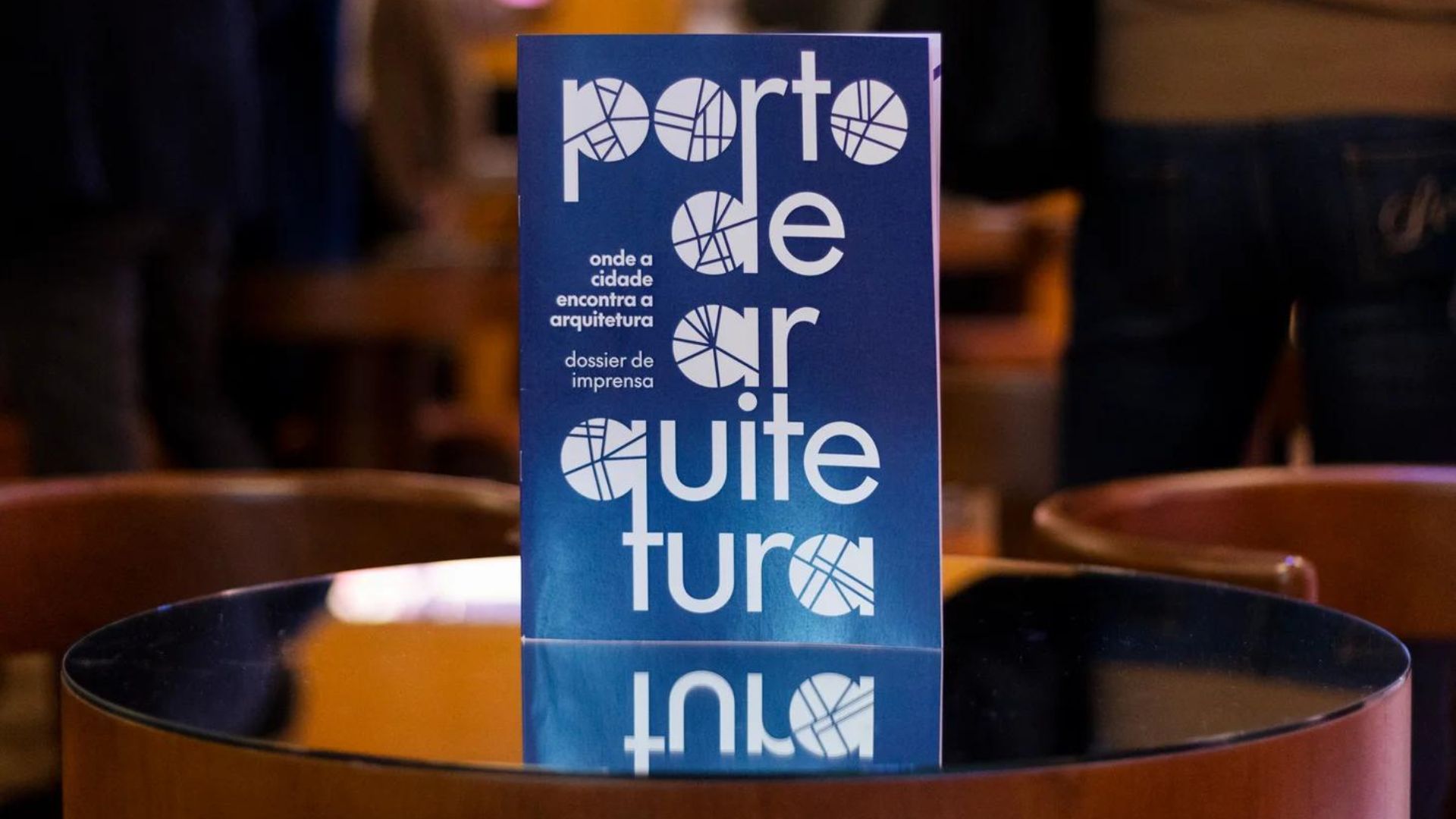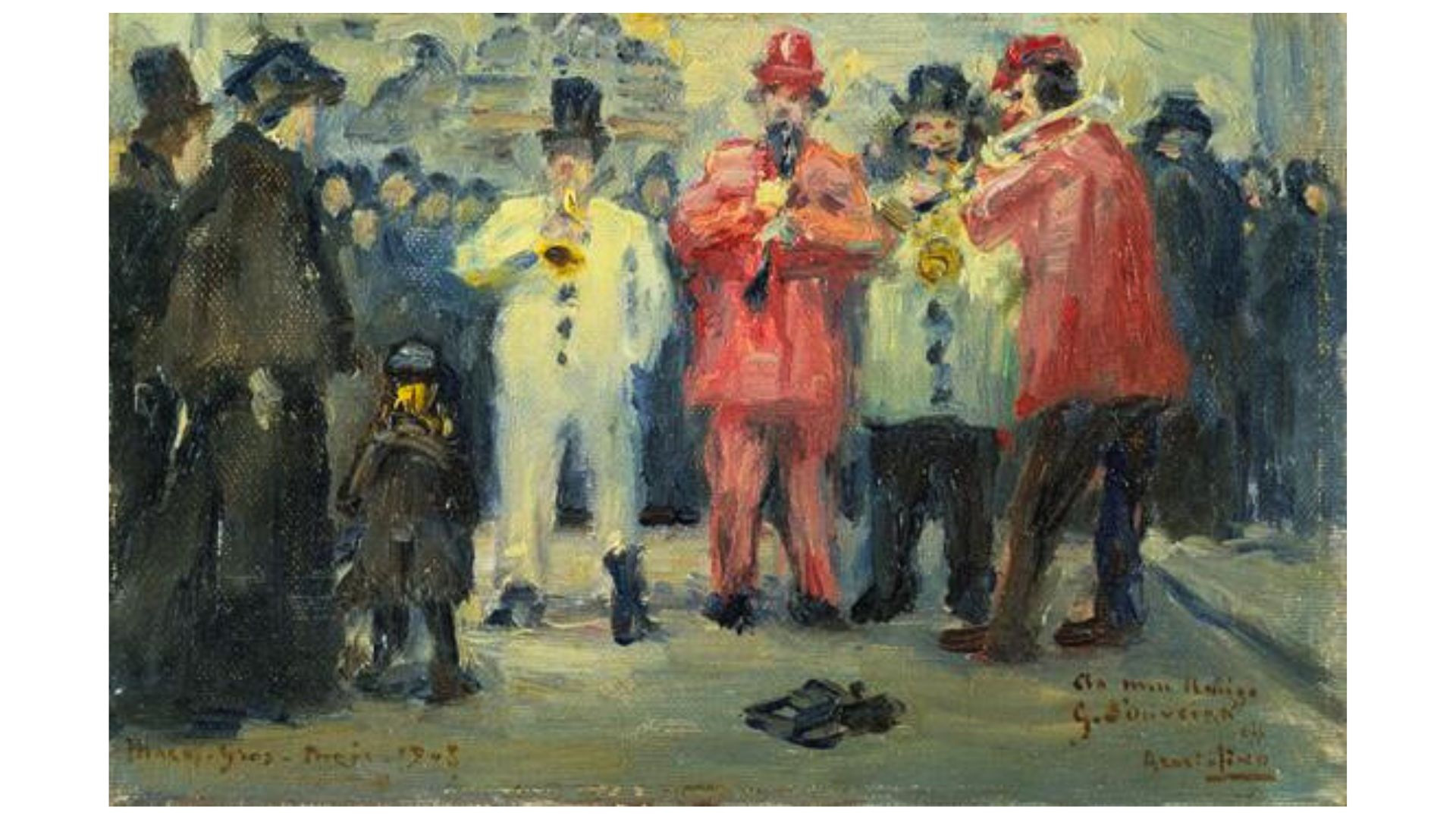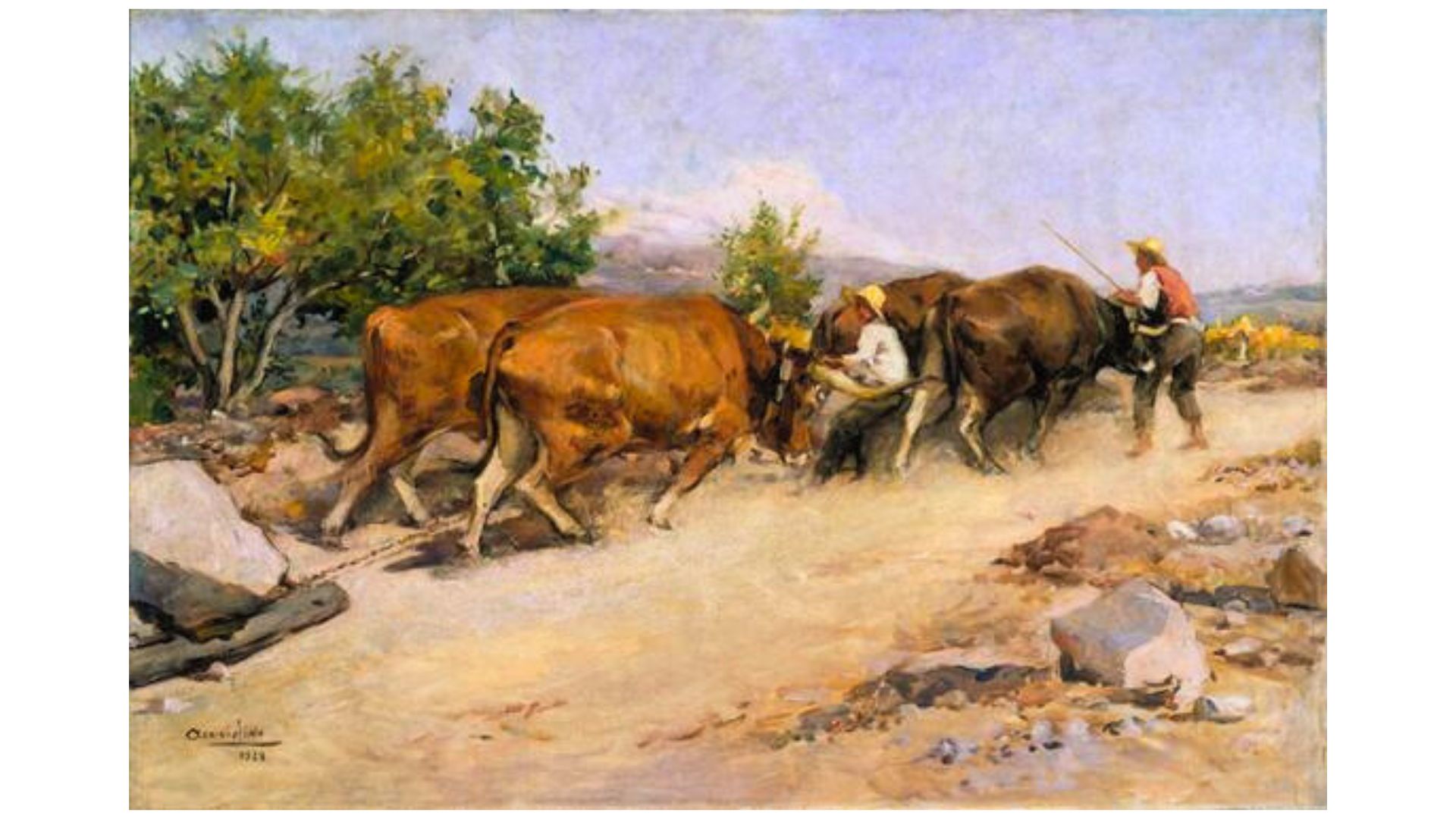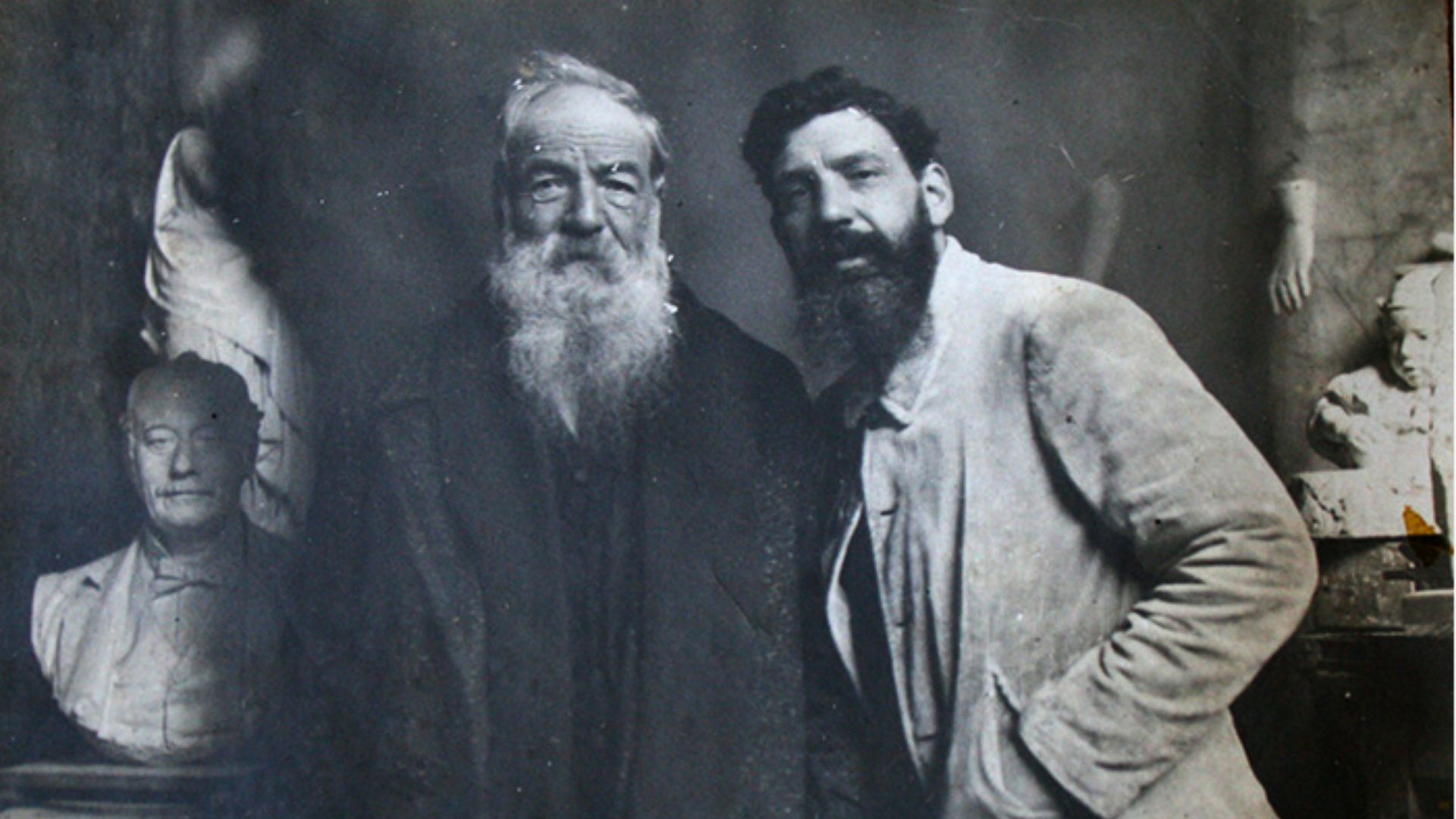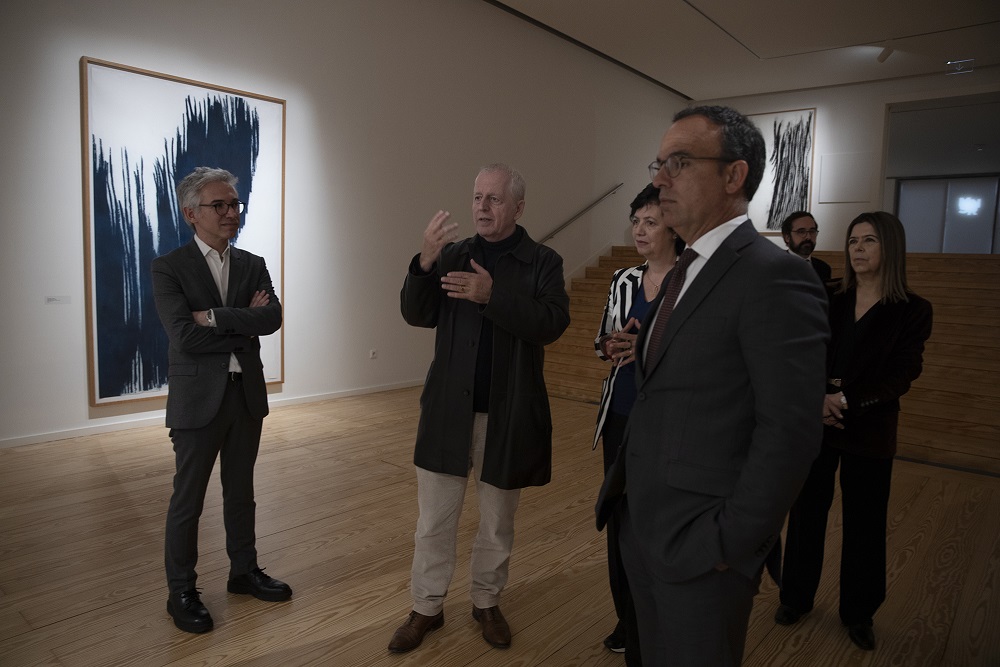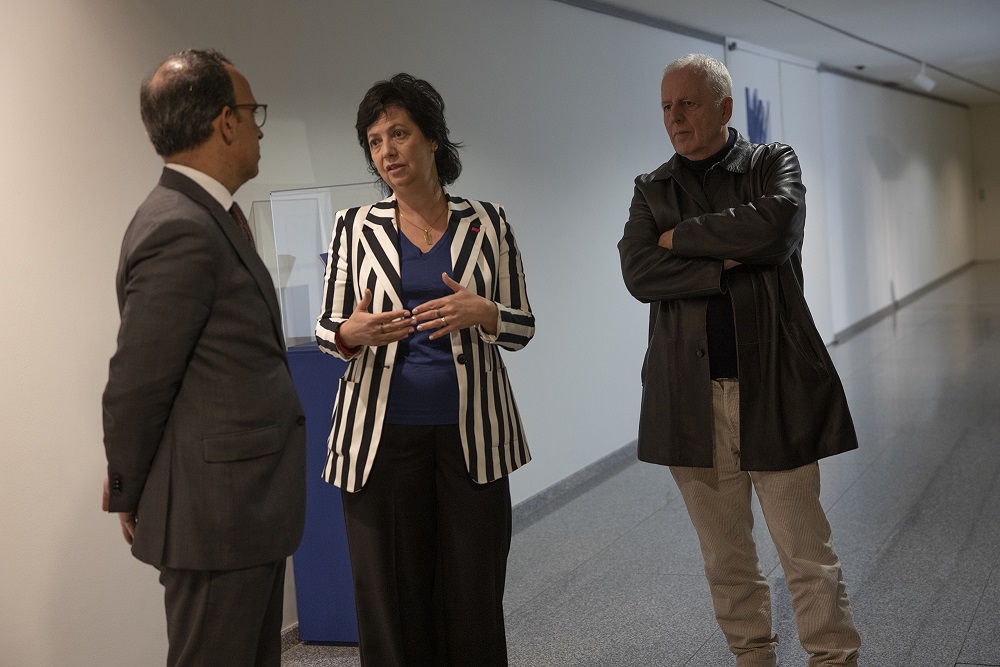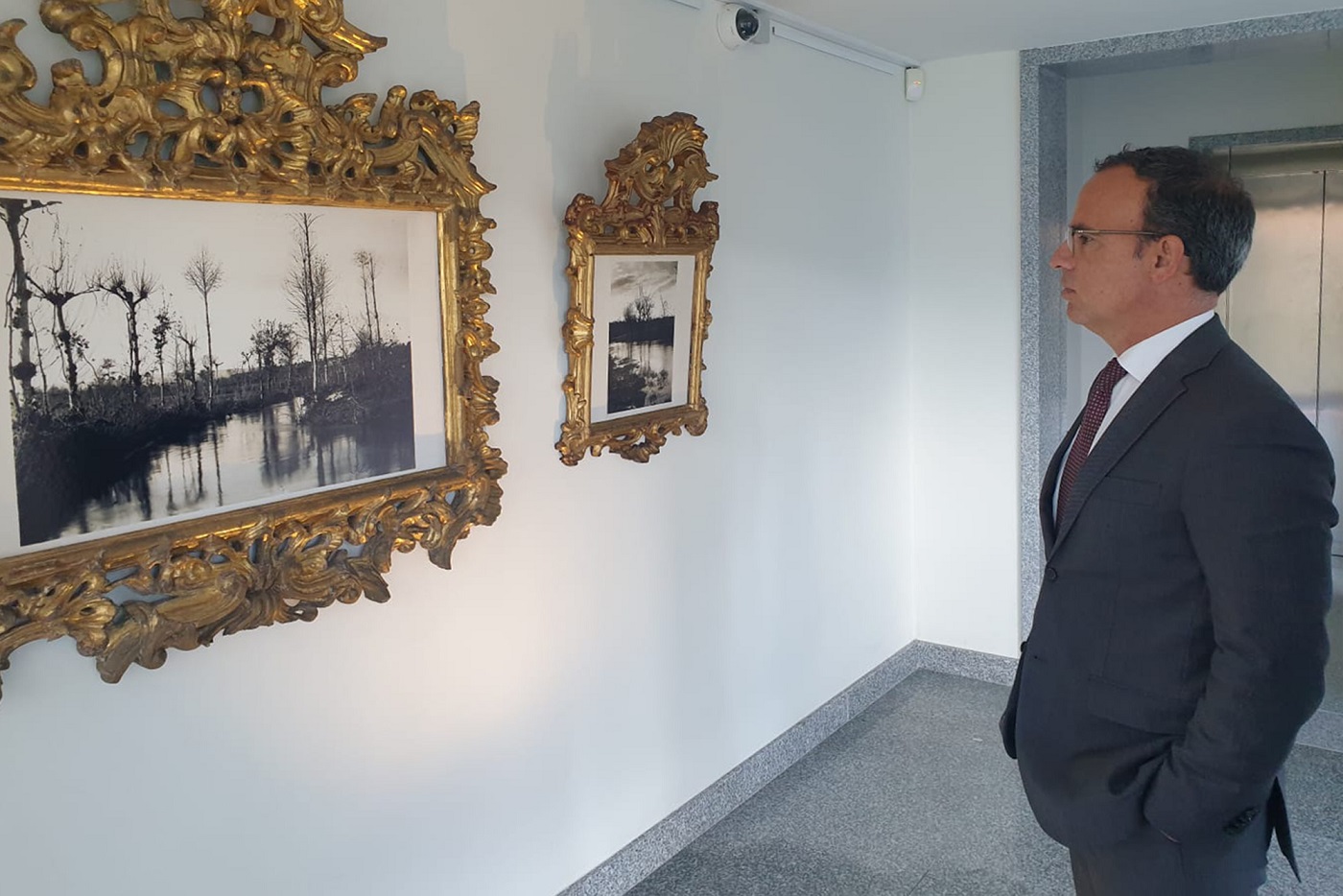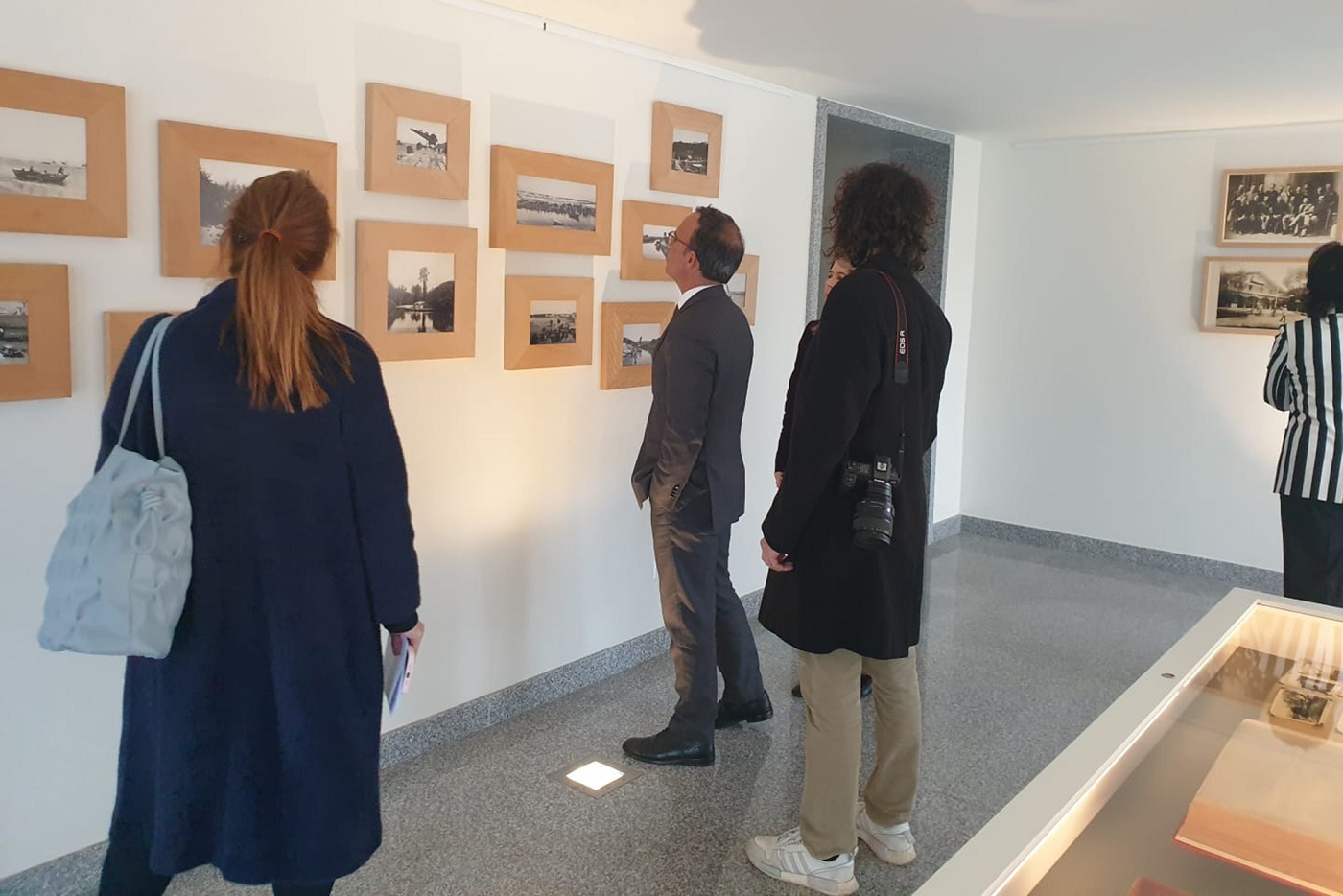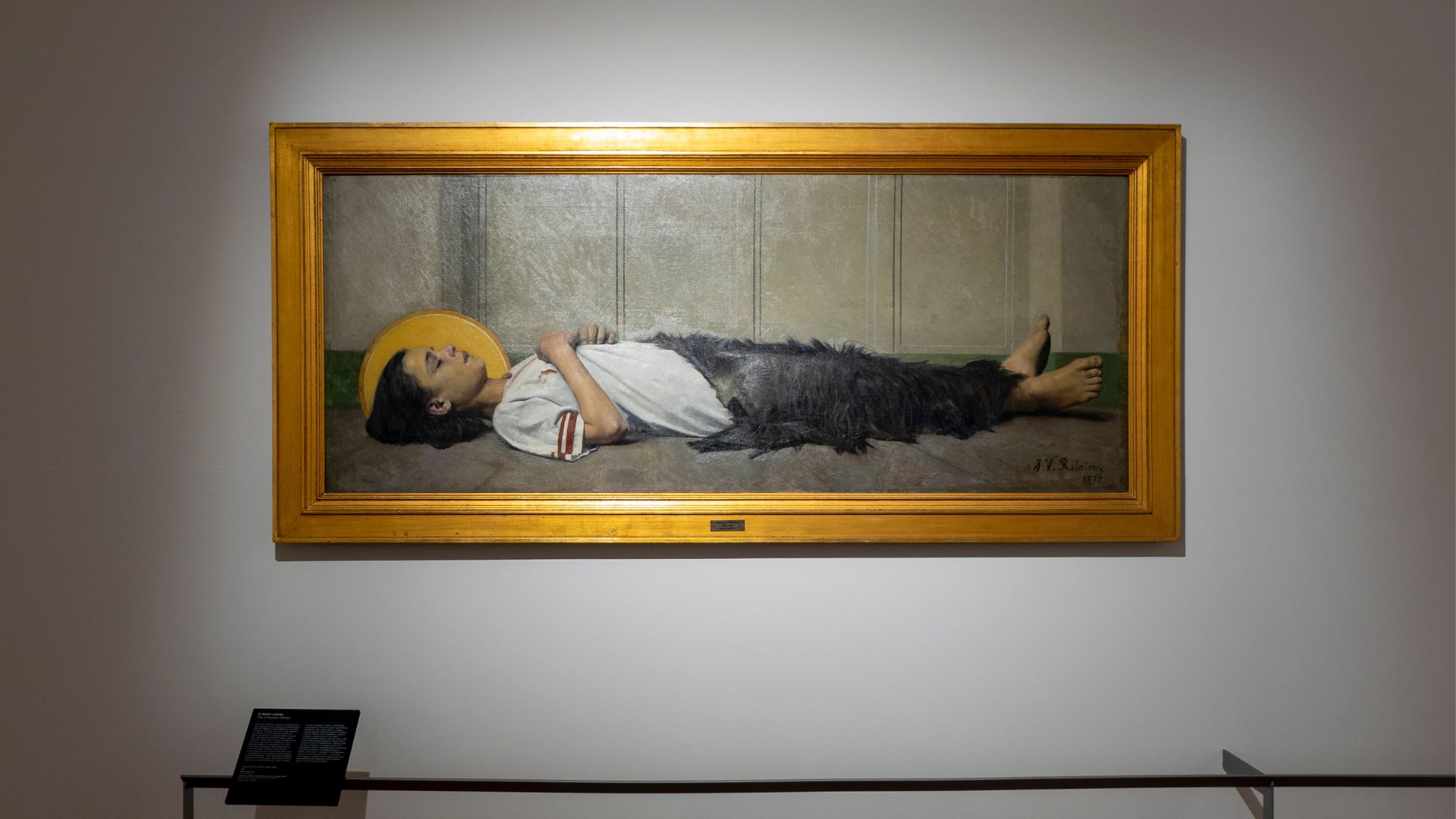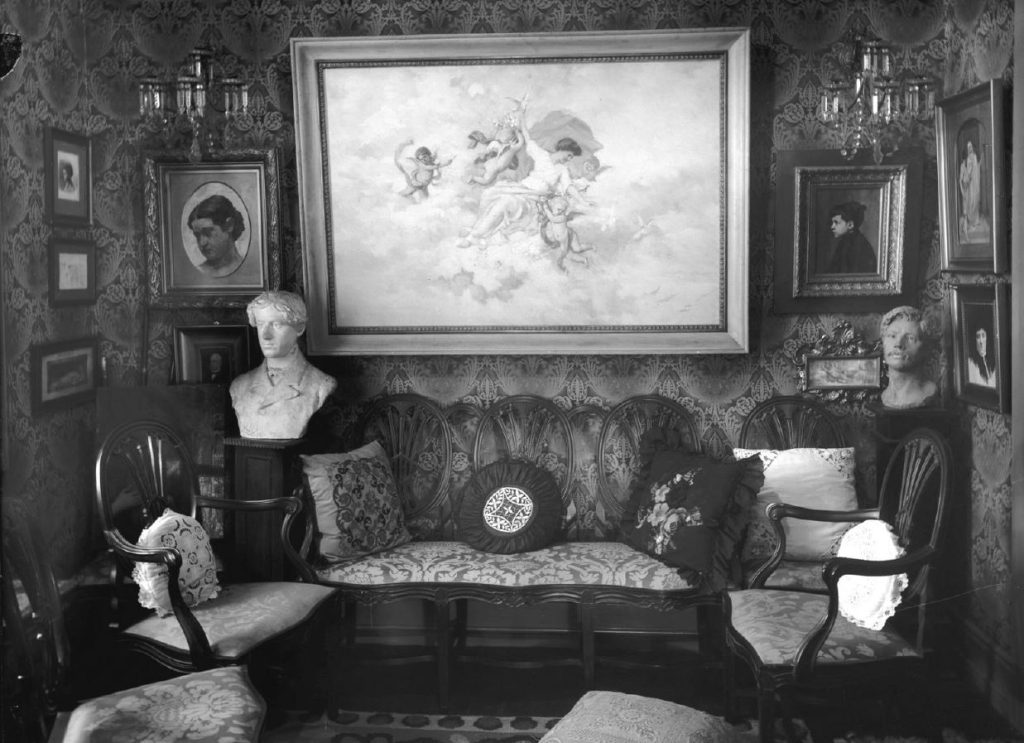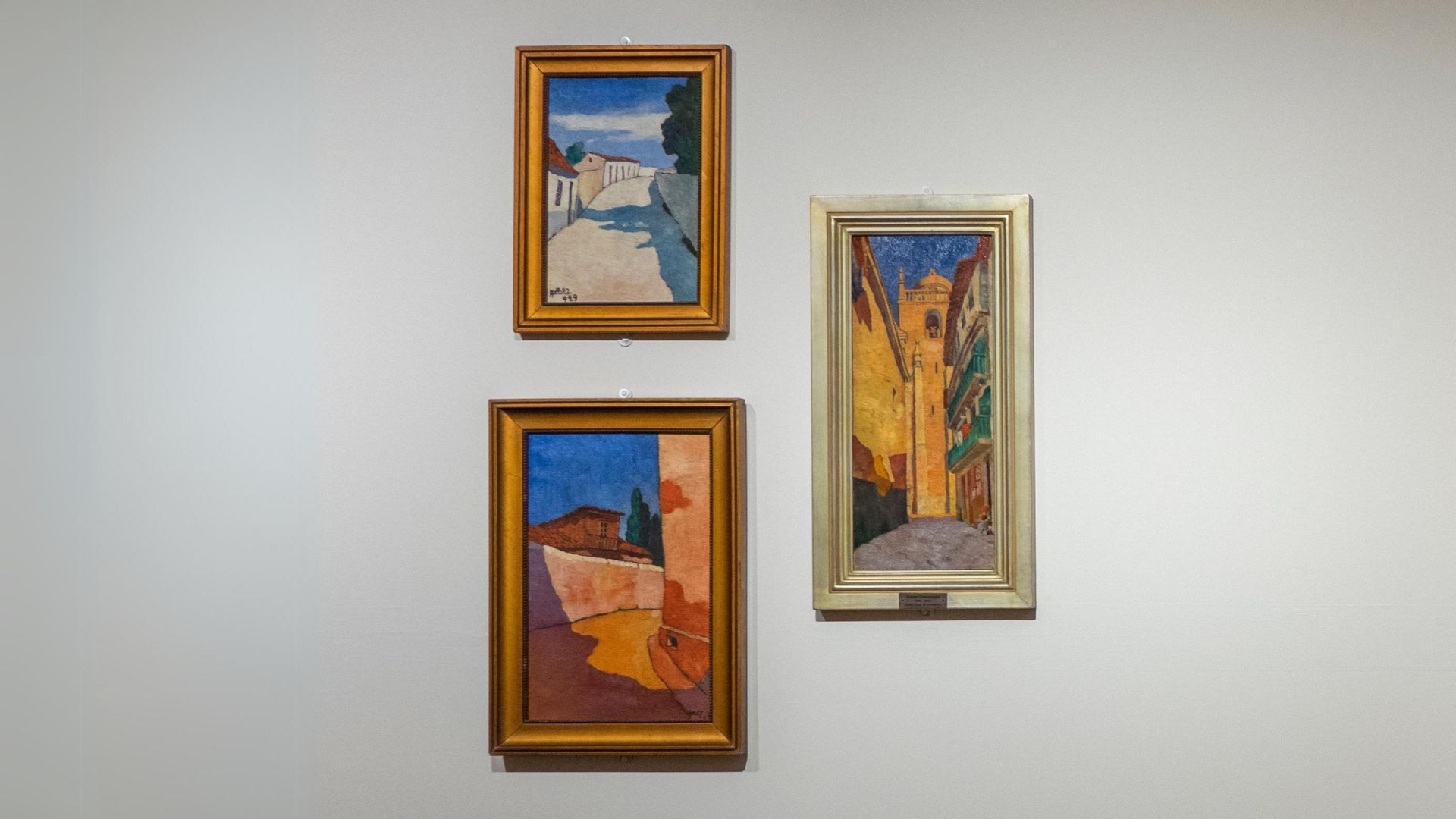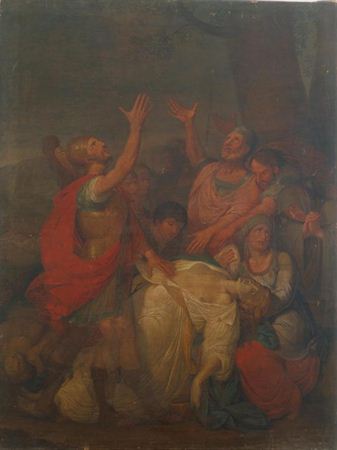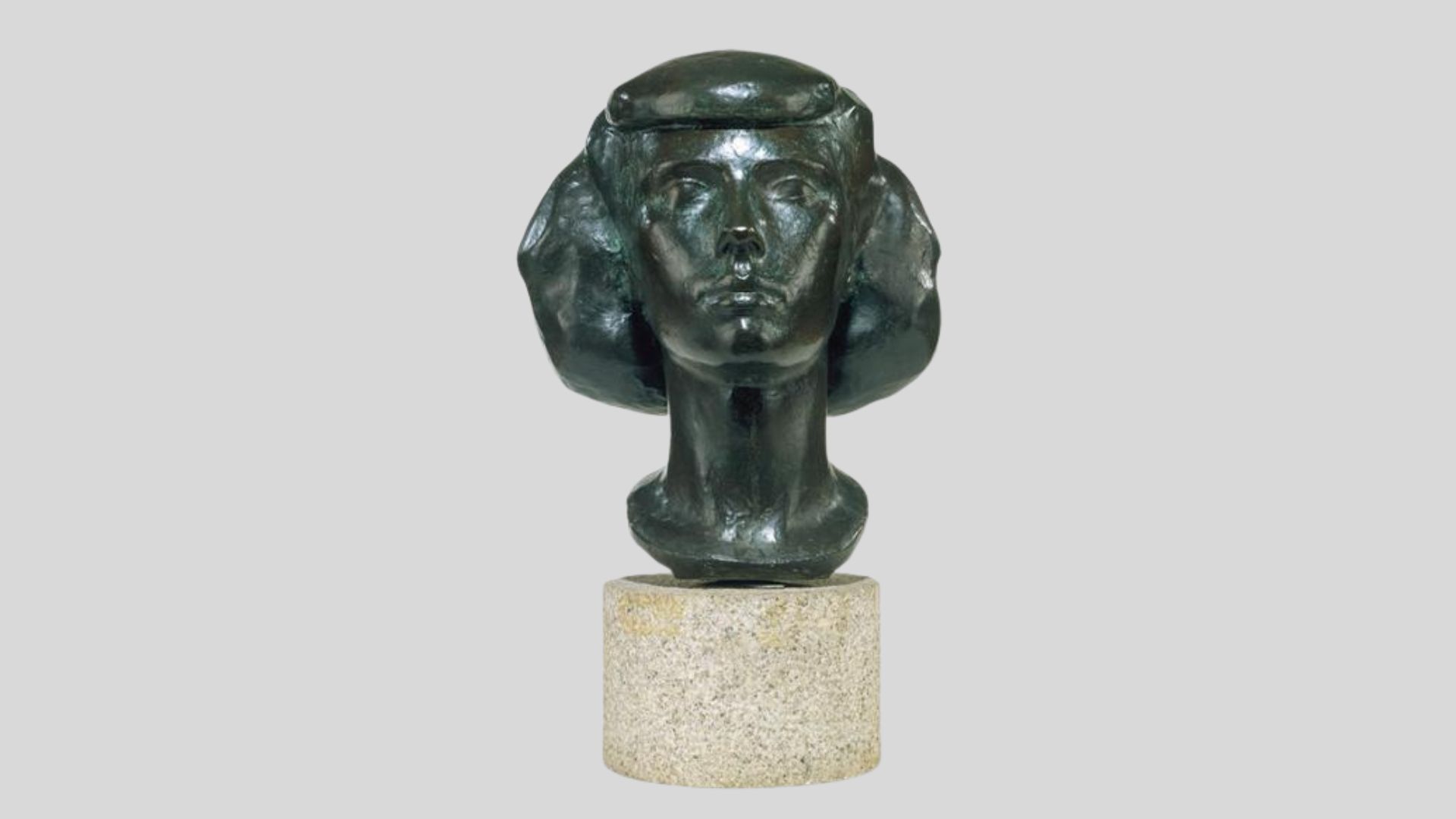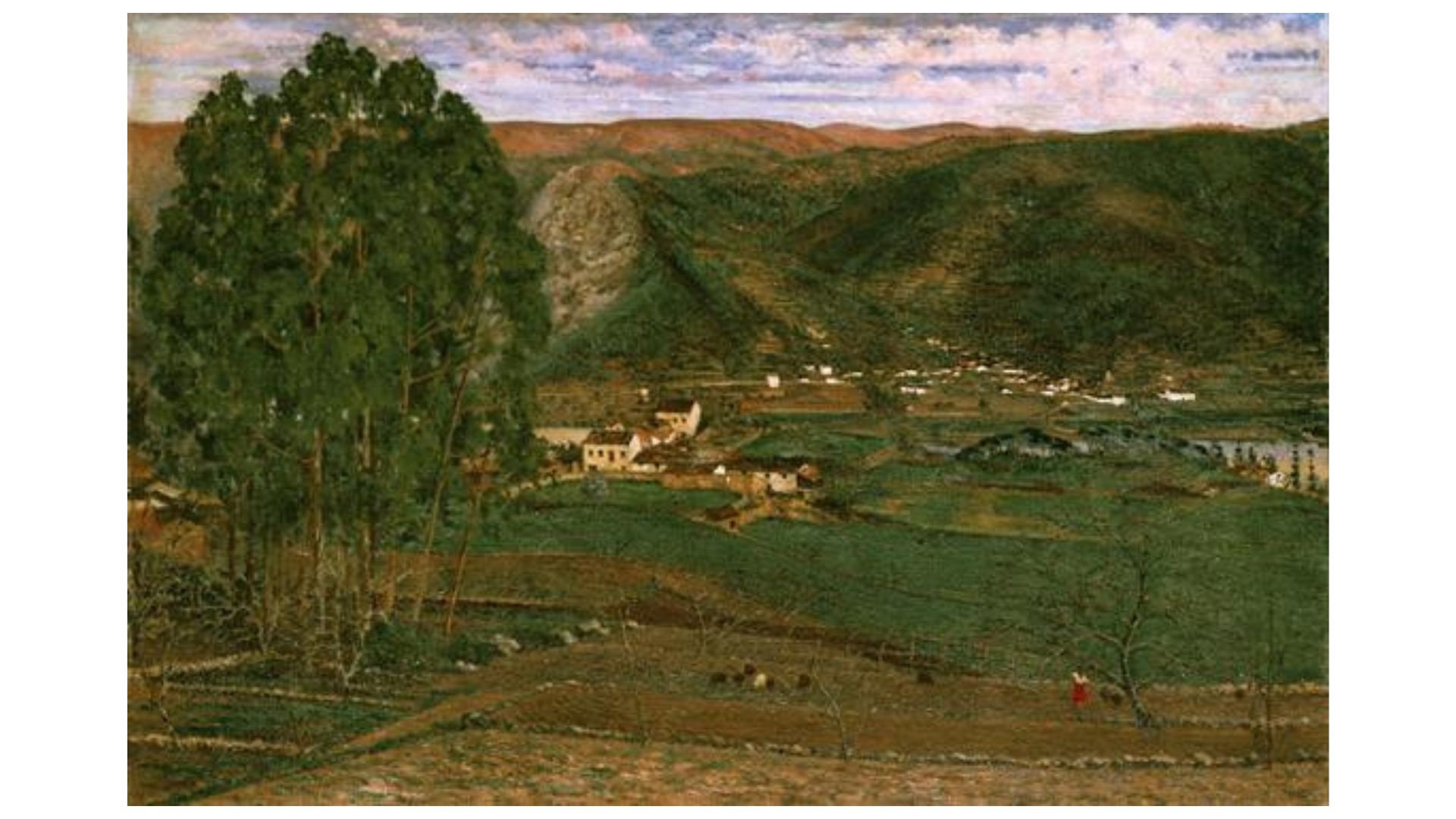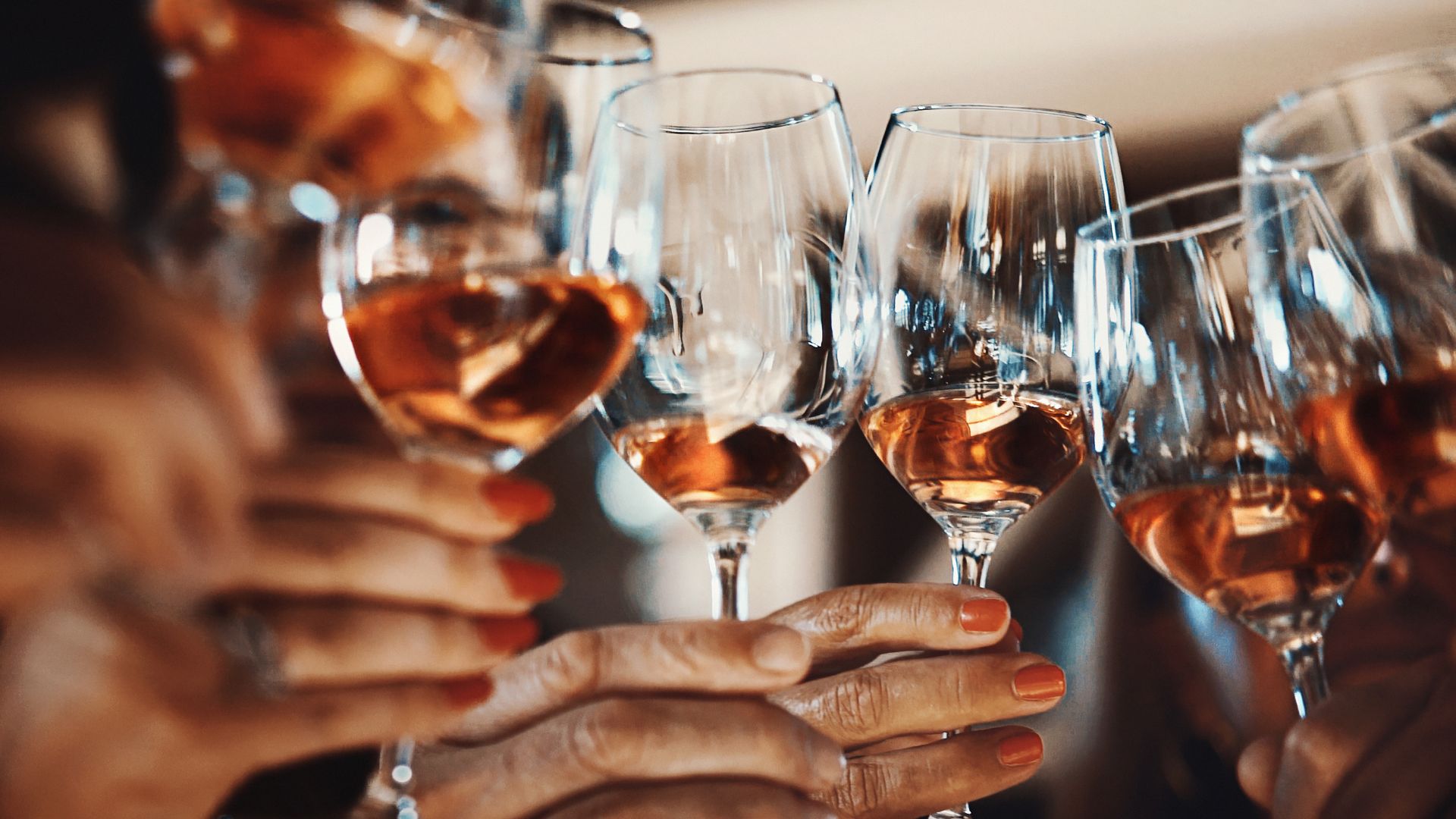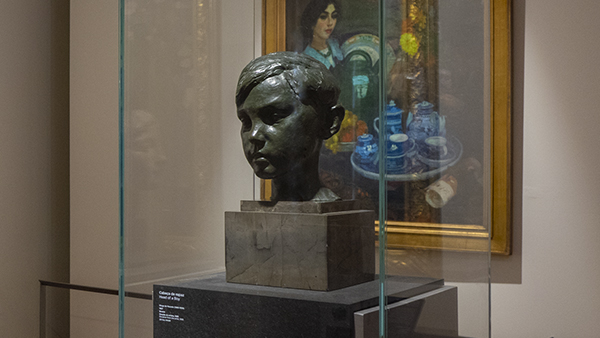Miragaia Factory was founded in Miragaia (Porto) in 1775 by João Rocha (1720-1799), a merchant from Minho who had become rich in Brazil, as part of the reforms of Portuguese industry promoted by the minister Marquis of Pombal. João Rocha’s founding partner was his nephew João Bento da Rocha.
The aim of the entrepreneurs was to manufacture objects similar to those that Portugal was importing at the time from other European countries and China.
In 1814, after the losses suffered during the French Invasions, the Miragaia Factory was the largest ceramics factory in the city of Porto, with 27 workers, among whom there were numerous family ties, facilitating the transmission of technical and artistic knowledge.
At the end of the 1820s, under the competition of several years of imported tableware from England, the production of pieces similar in shape and/or decoration to the English ones began, some of which will be presented in the exhibition “Zaffre Blue Tin-Glazed Earthenware From the Miragaia Factory”, to be inaugurated on March 22 at the Soares dos Reis National Museum.
In the 1850s, after financial problems, the factory closed down, completing around 80 years of activity, remaining to this day a symbol of the quality of the earthenware produced in Porto and Gaia.
The Soares dos Reis National Museum preserves a collection of around 180 objects from the Miragaia Factory, as a result of various additions.
Curated by José da Costa Reis, the exhibition “Zaffre Blue Tin-Glazed Earthenware From the Miragaia Factory” explores the theme of ‘zaffre blue’ earthenware, so called because of the shade of the color of its glaze, produced at the Miragaia Factory, in Porto, and dating from 1775 to 1822.
The museological organization of the exhibition promotes the relationship between this collection and other collections at the Soares dos Reis National Museum, valuing its contextualization and interpretation with approaches to history and European plastic arts, namely Painting, Drawing and Engraving.

